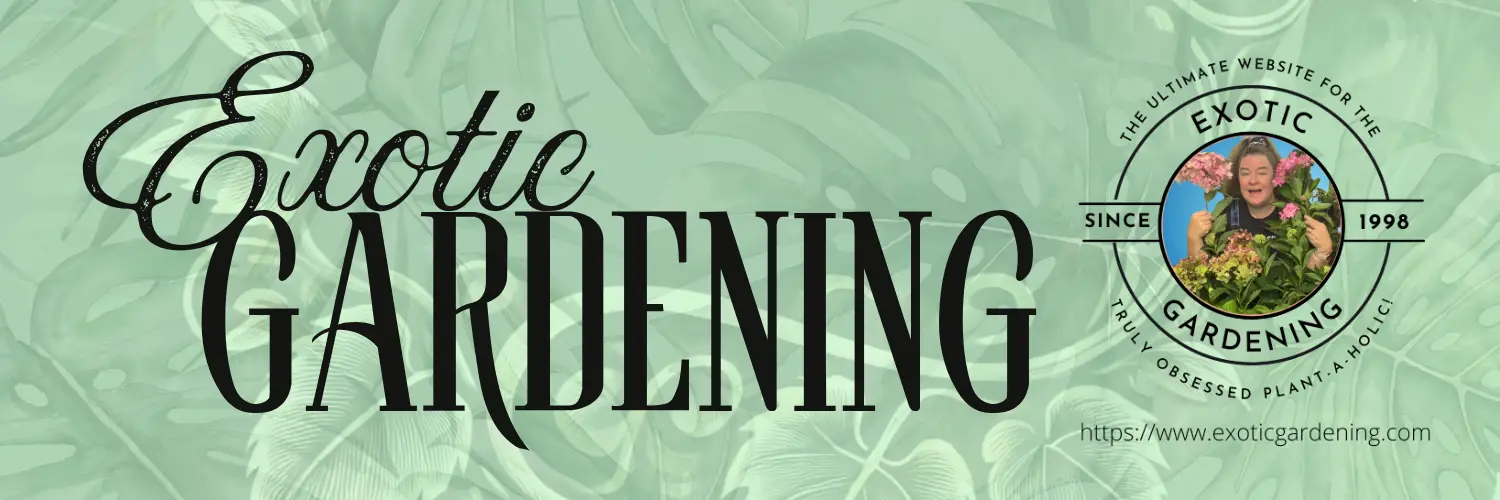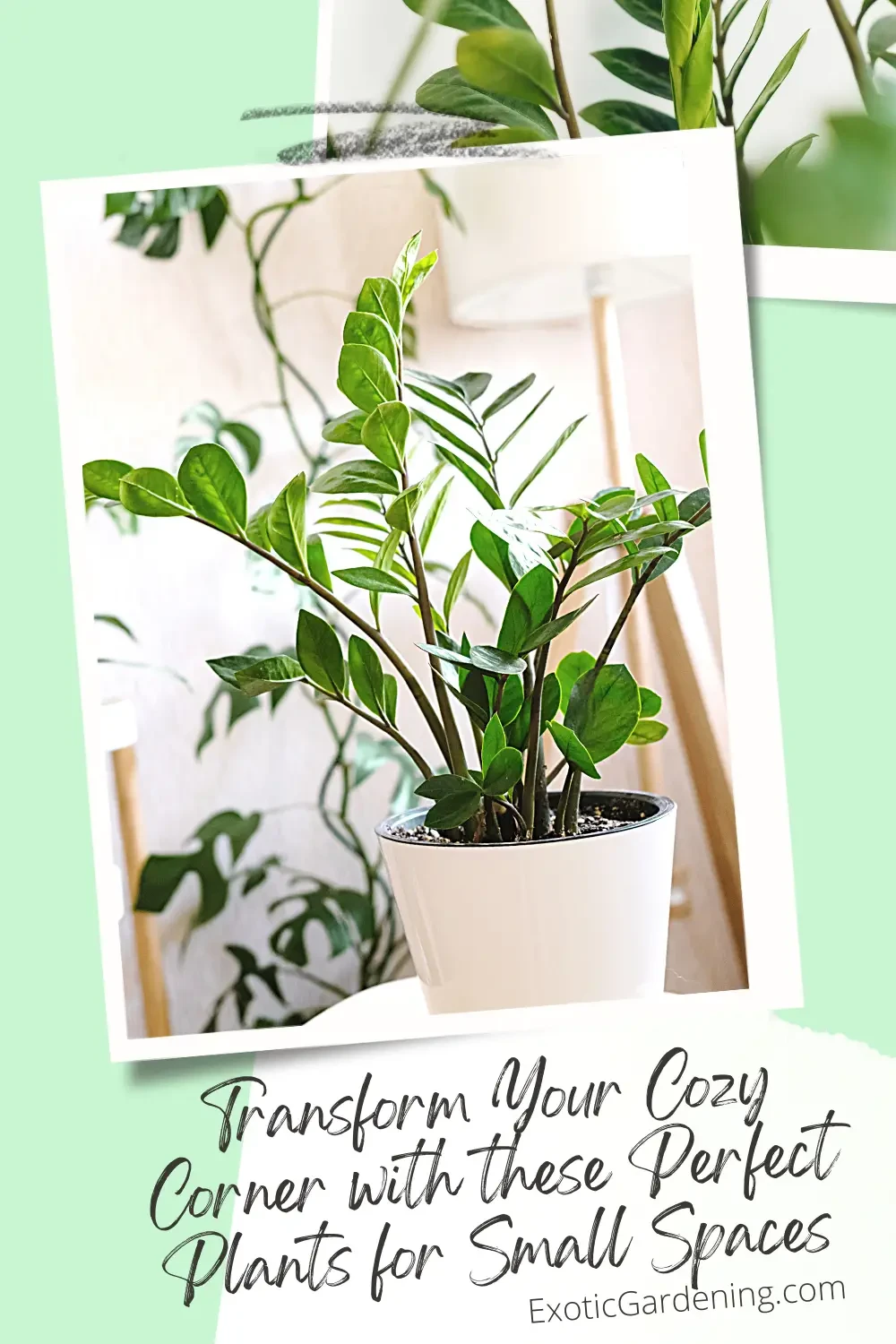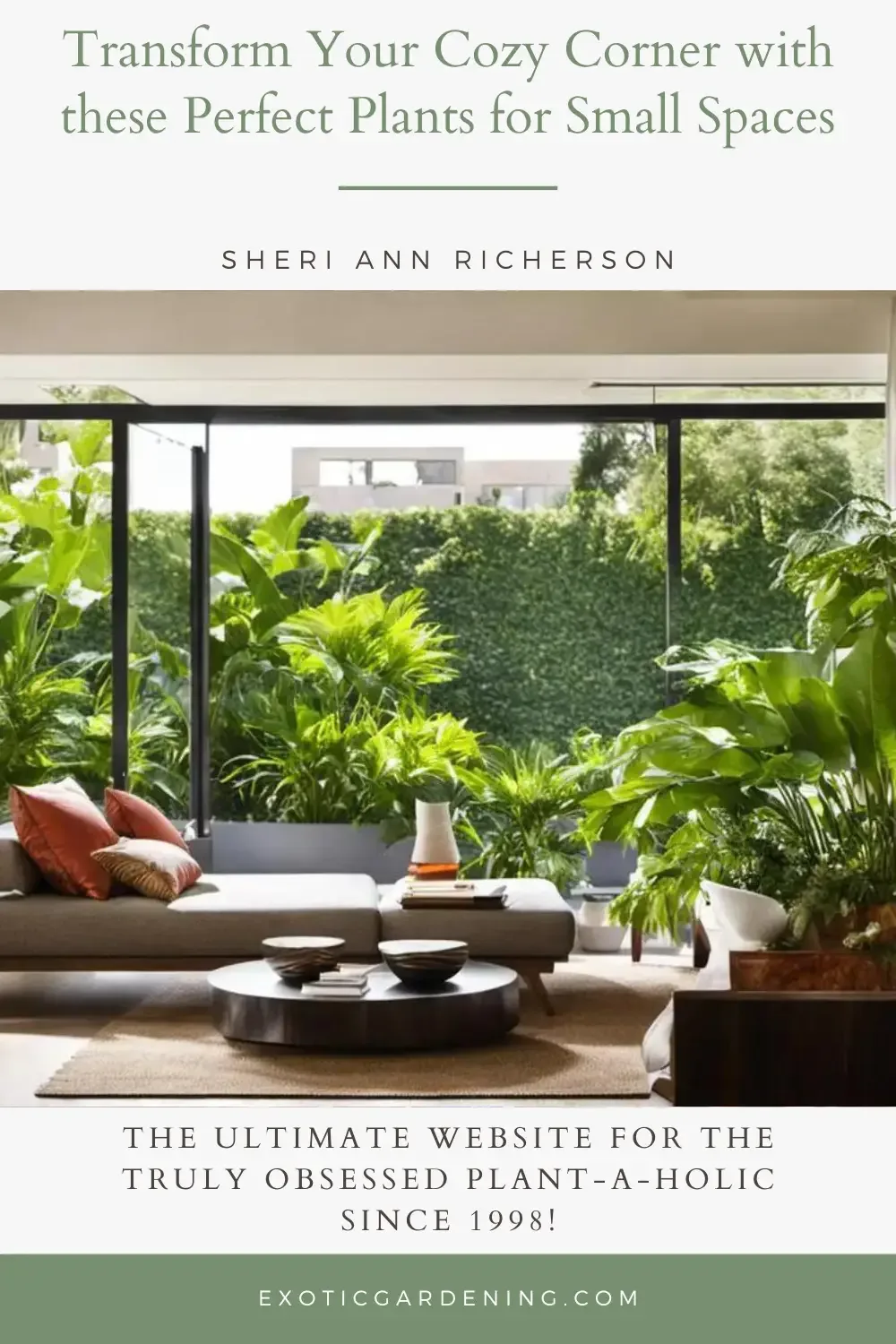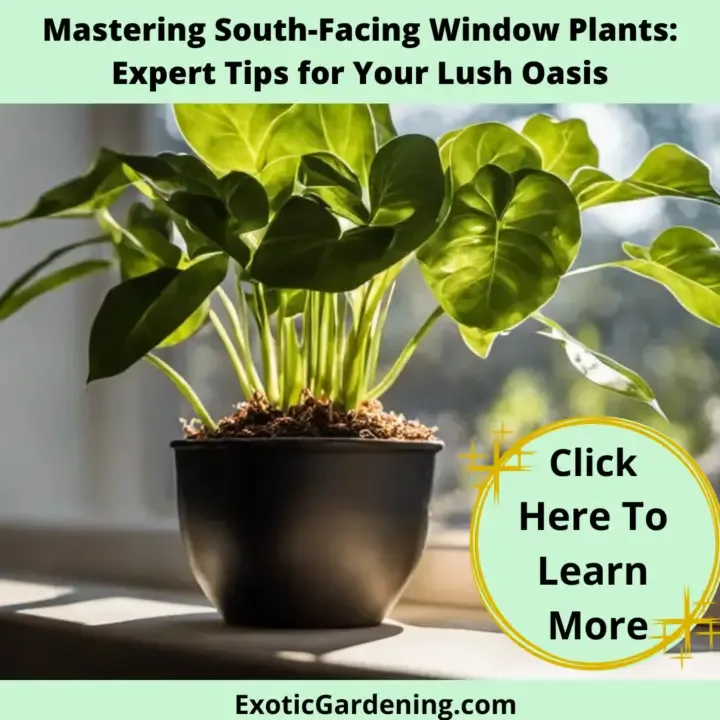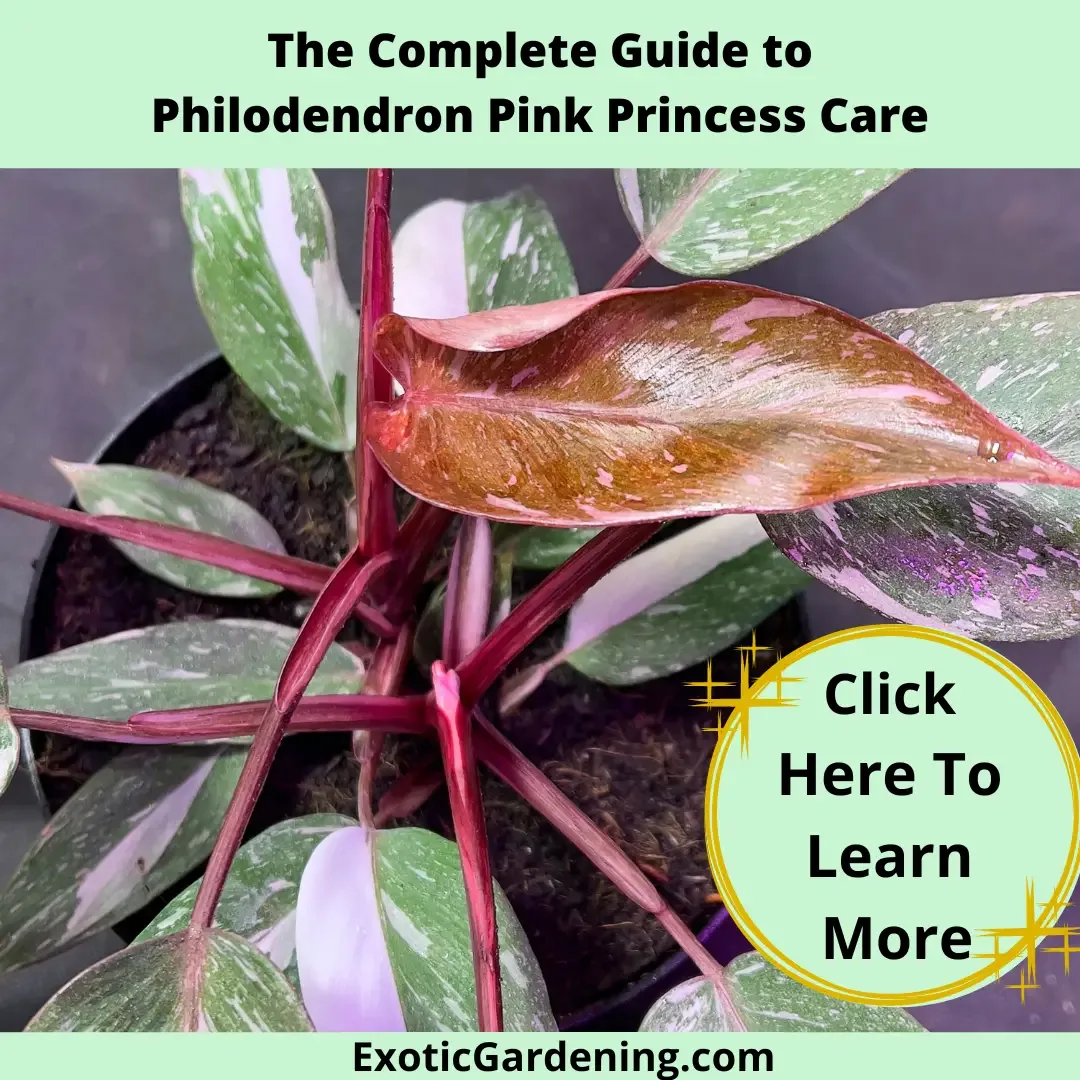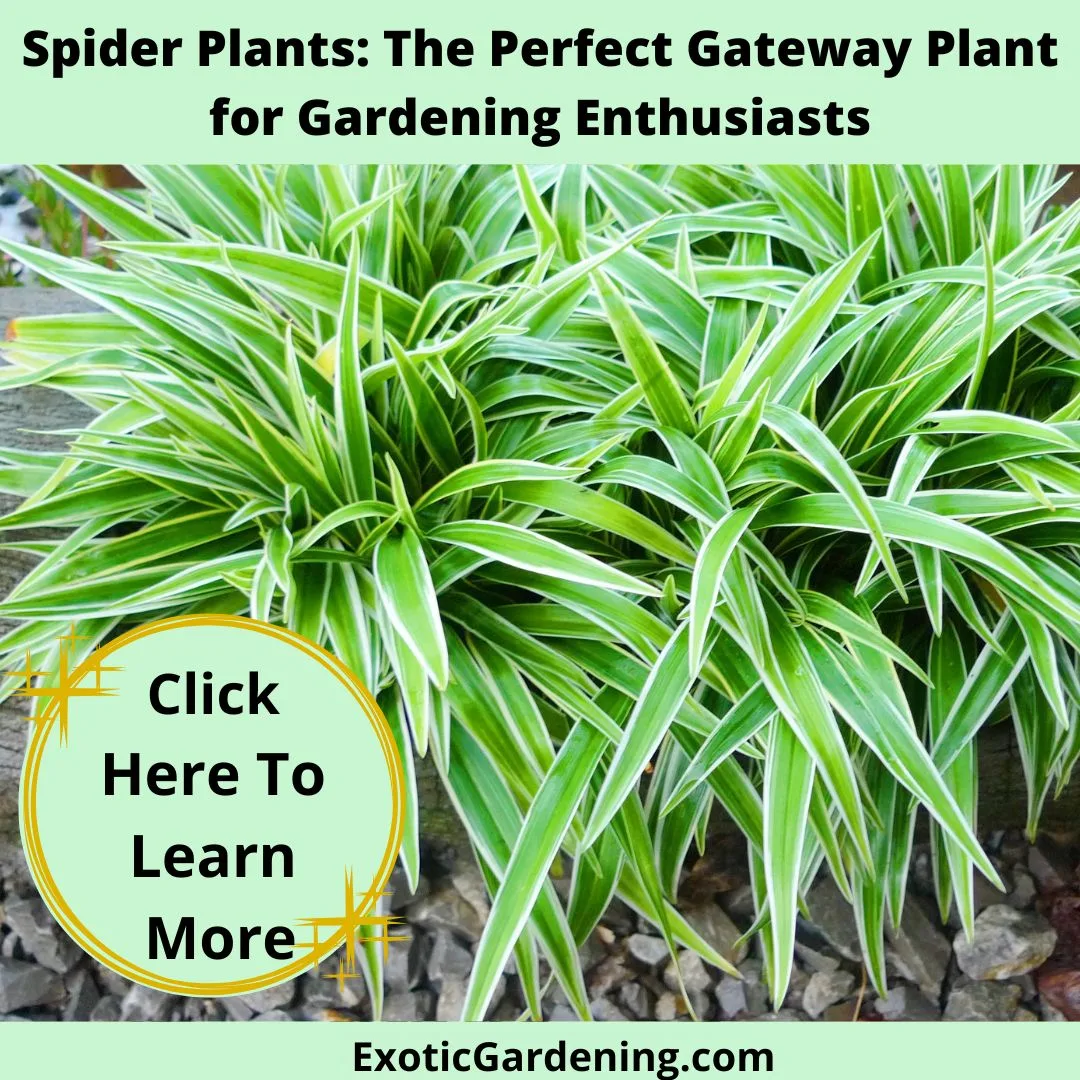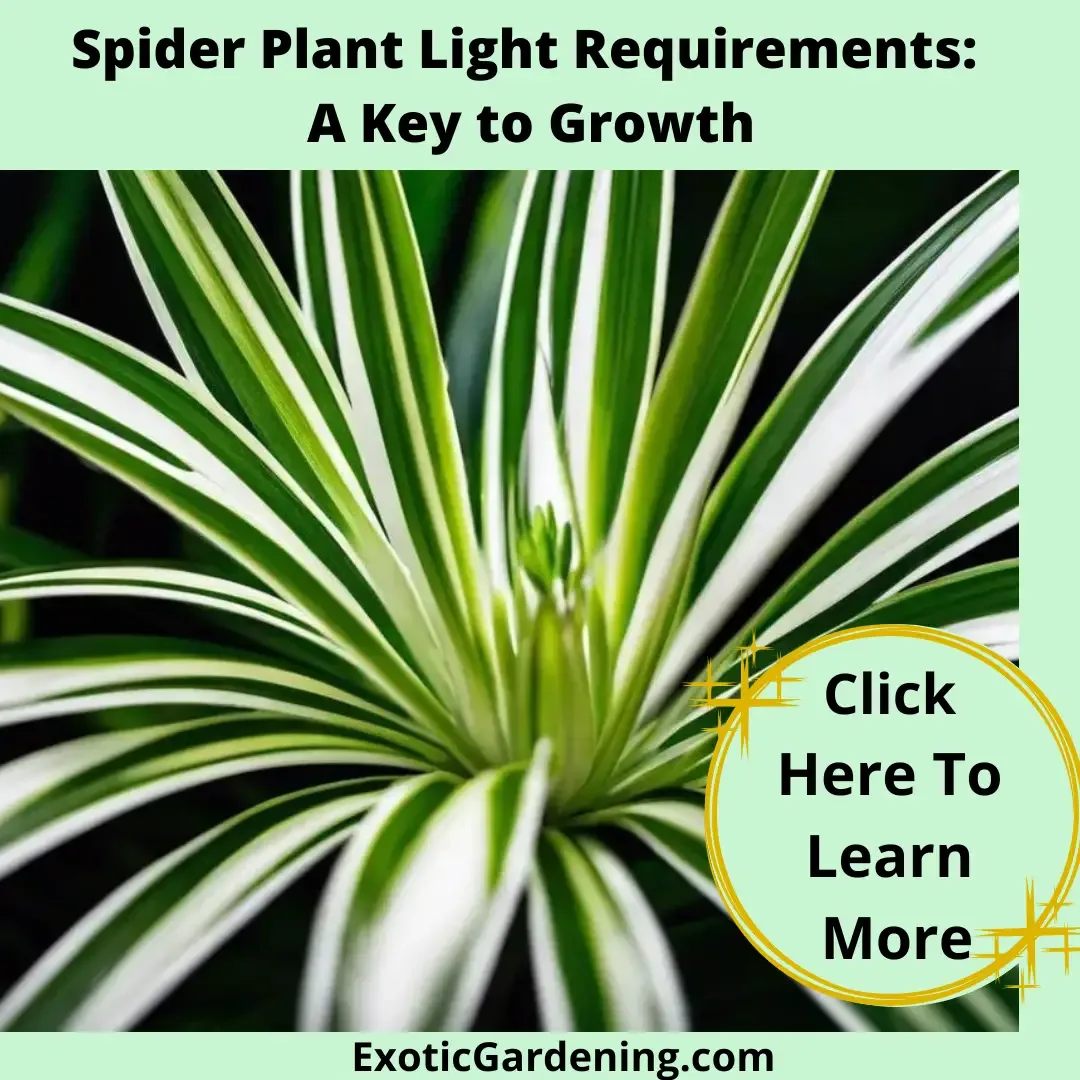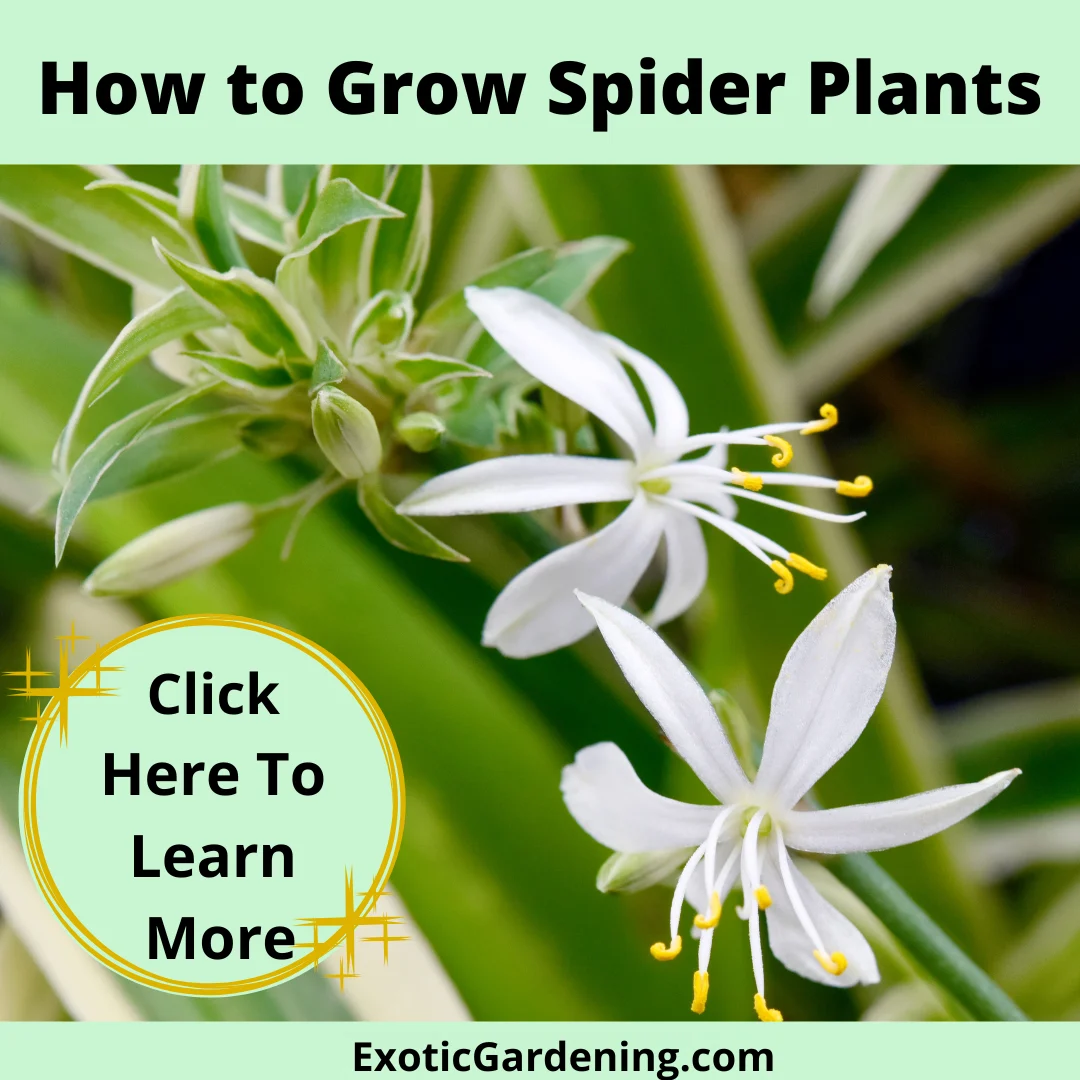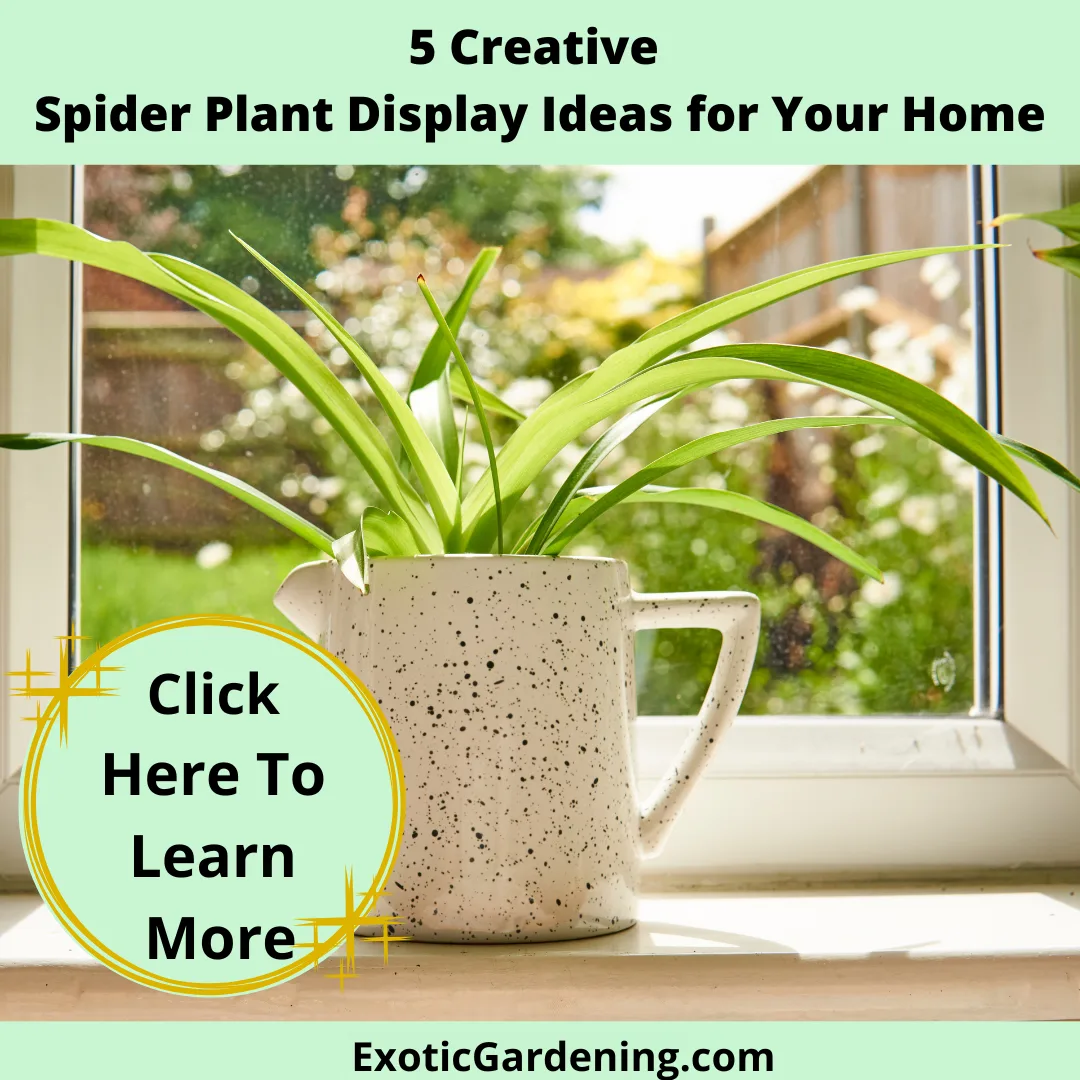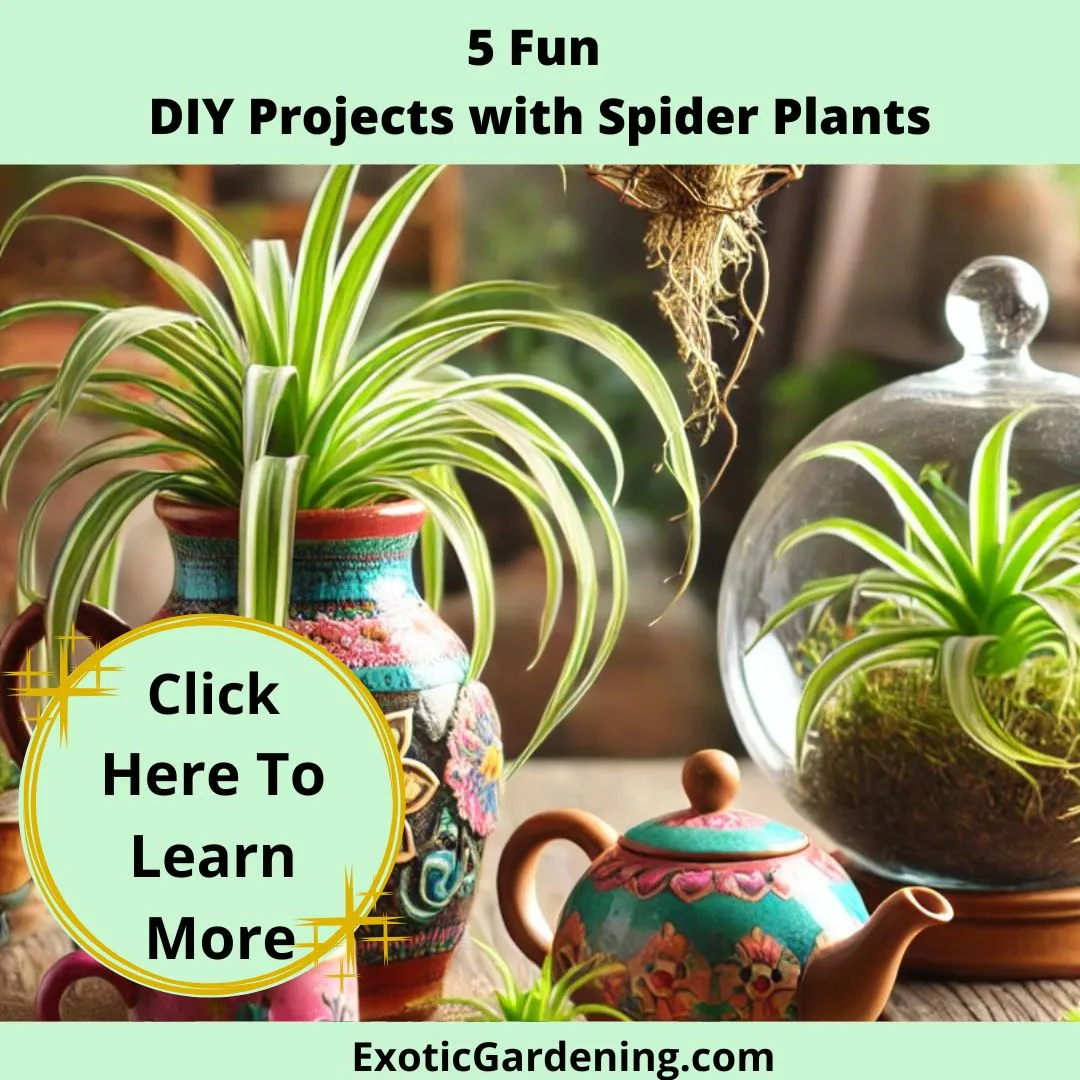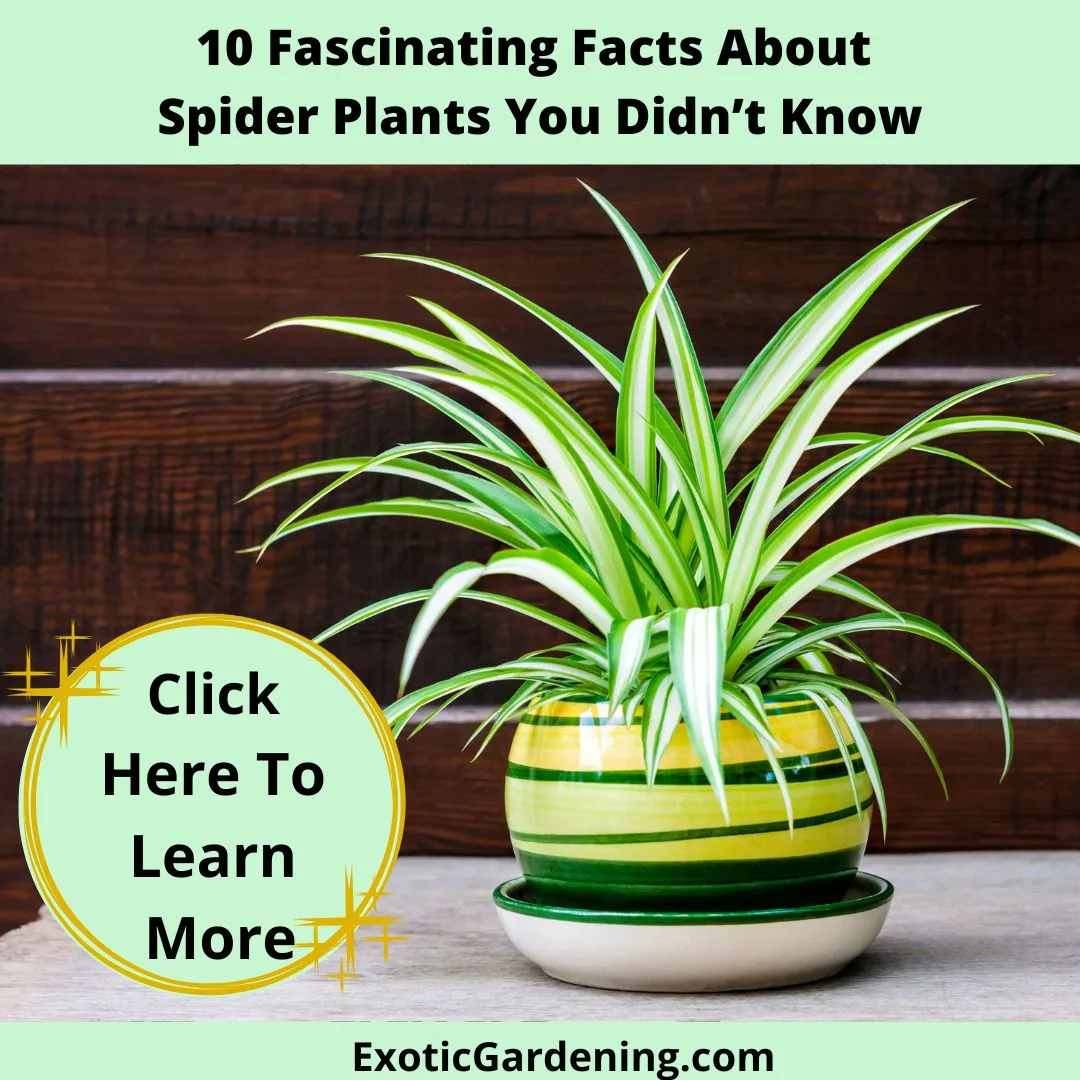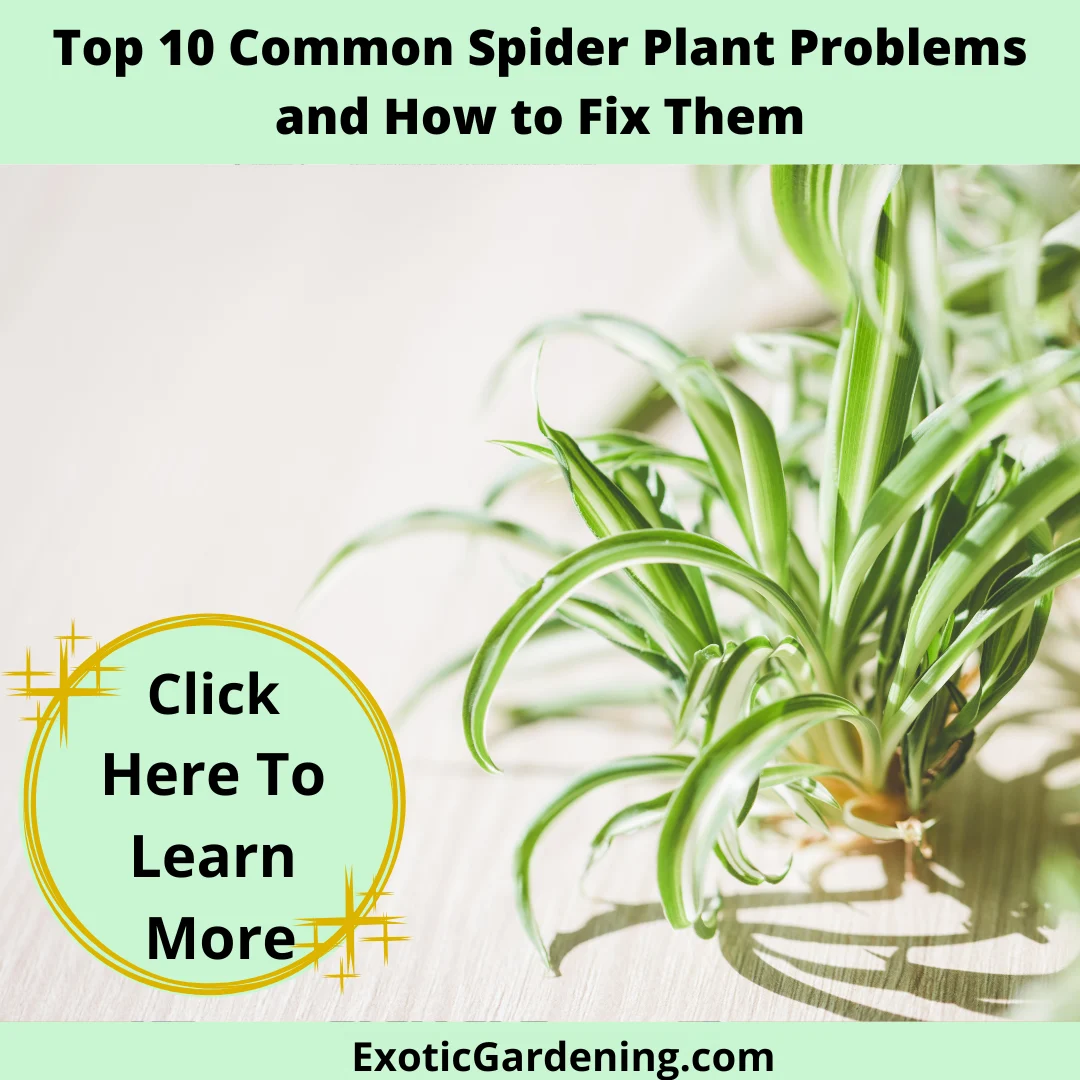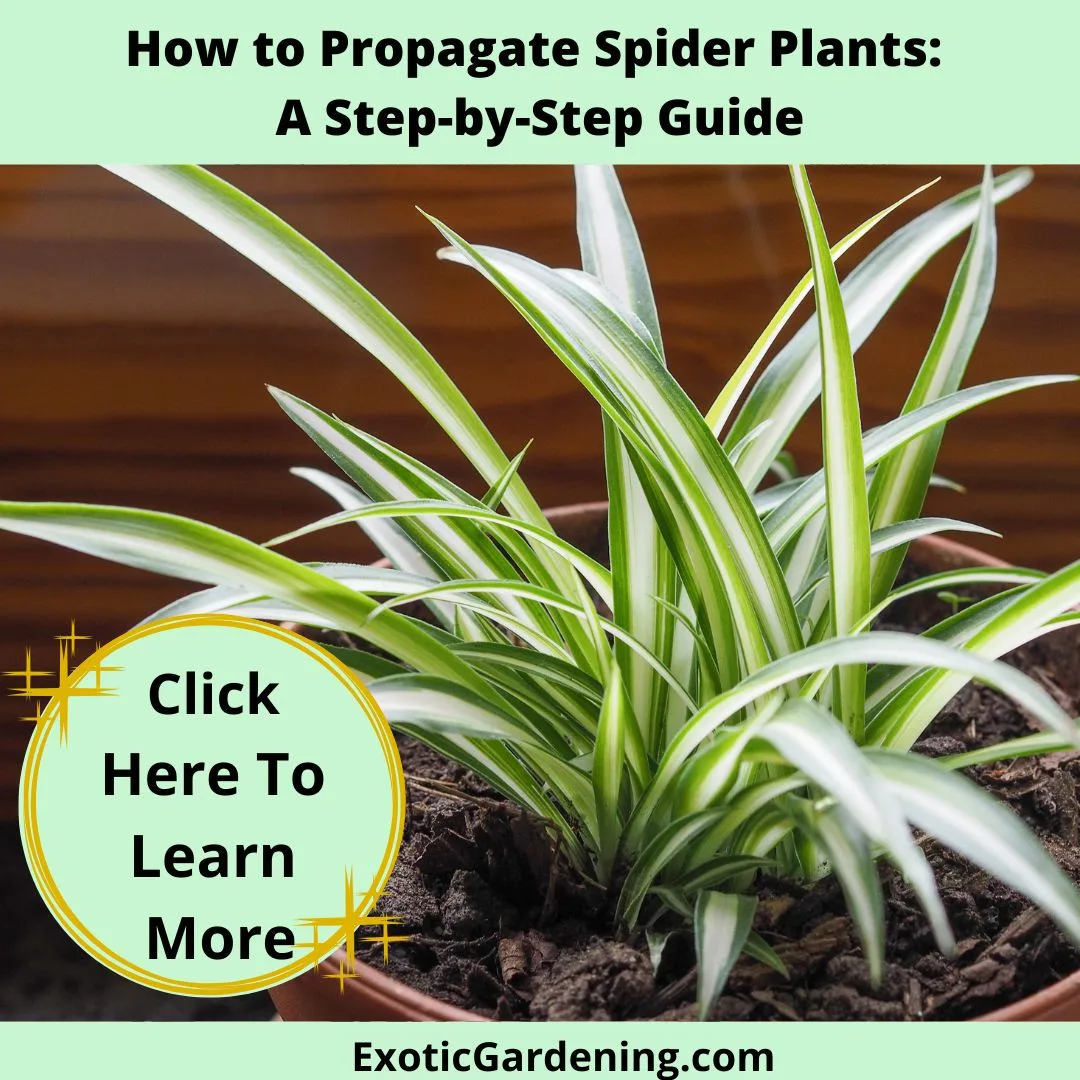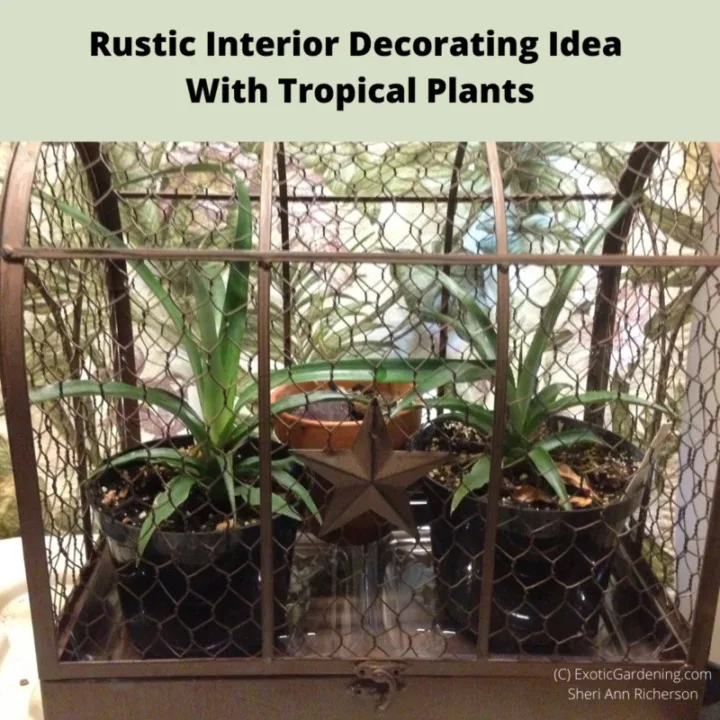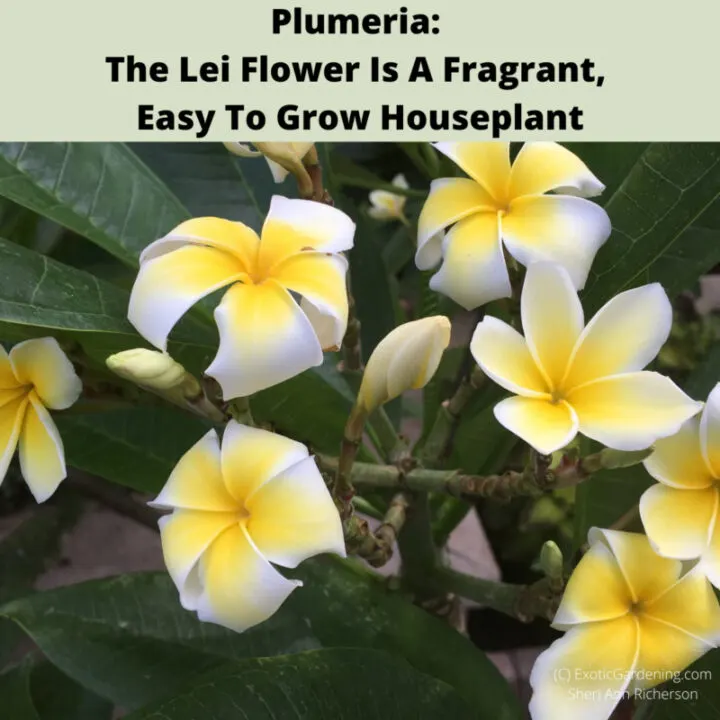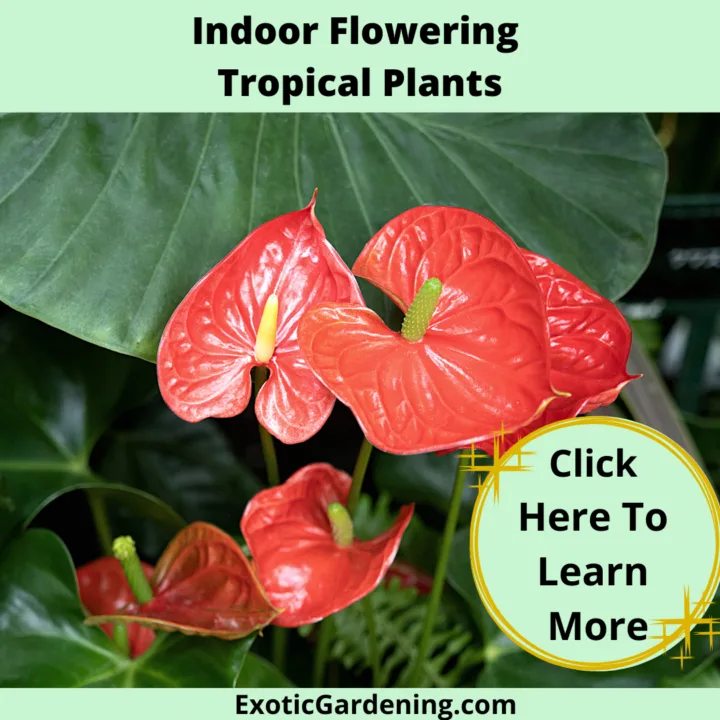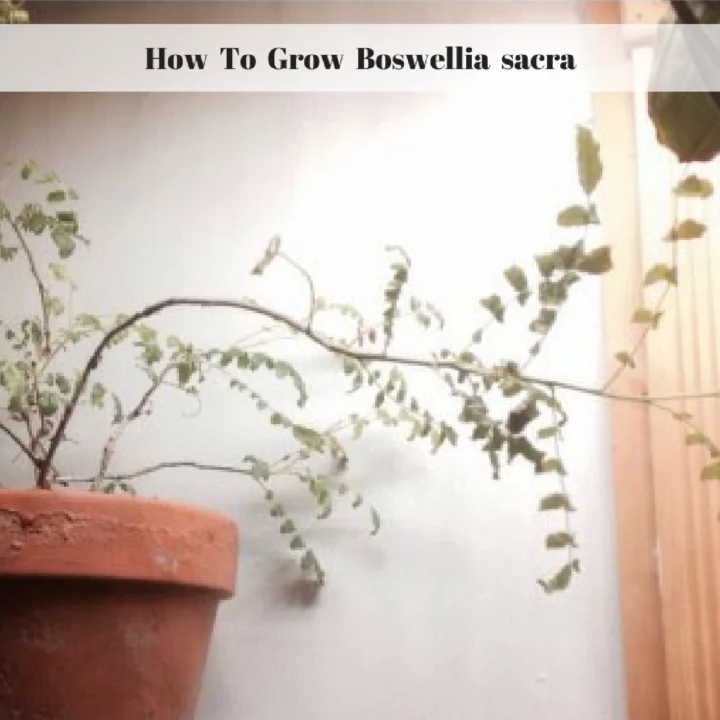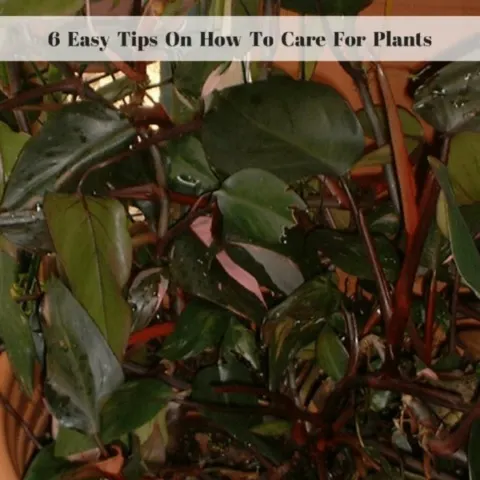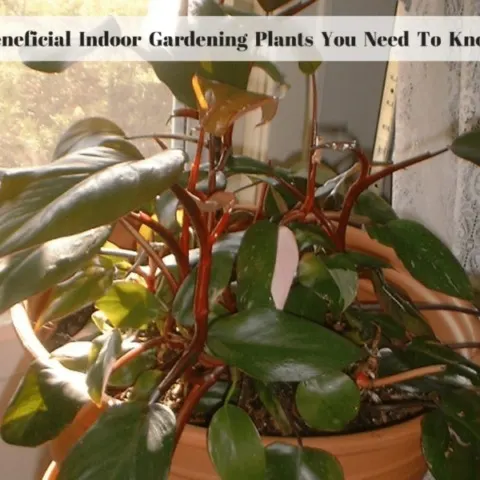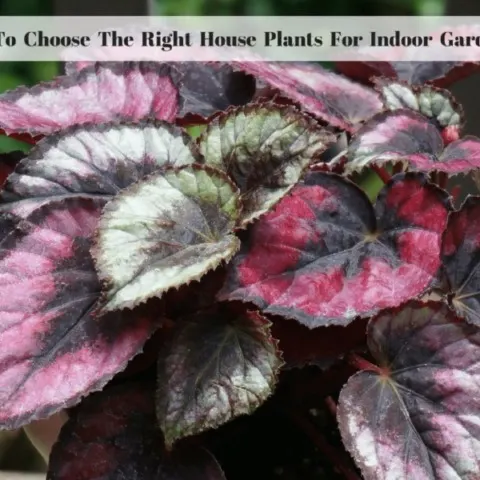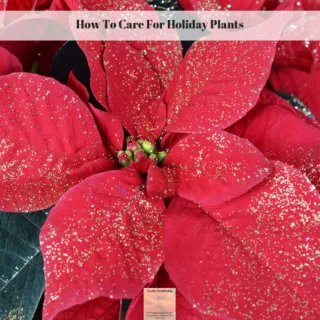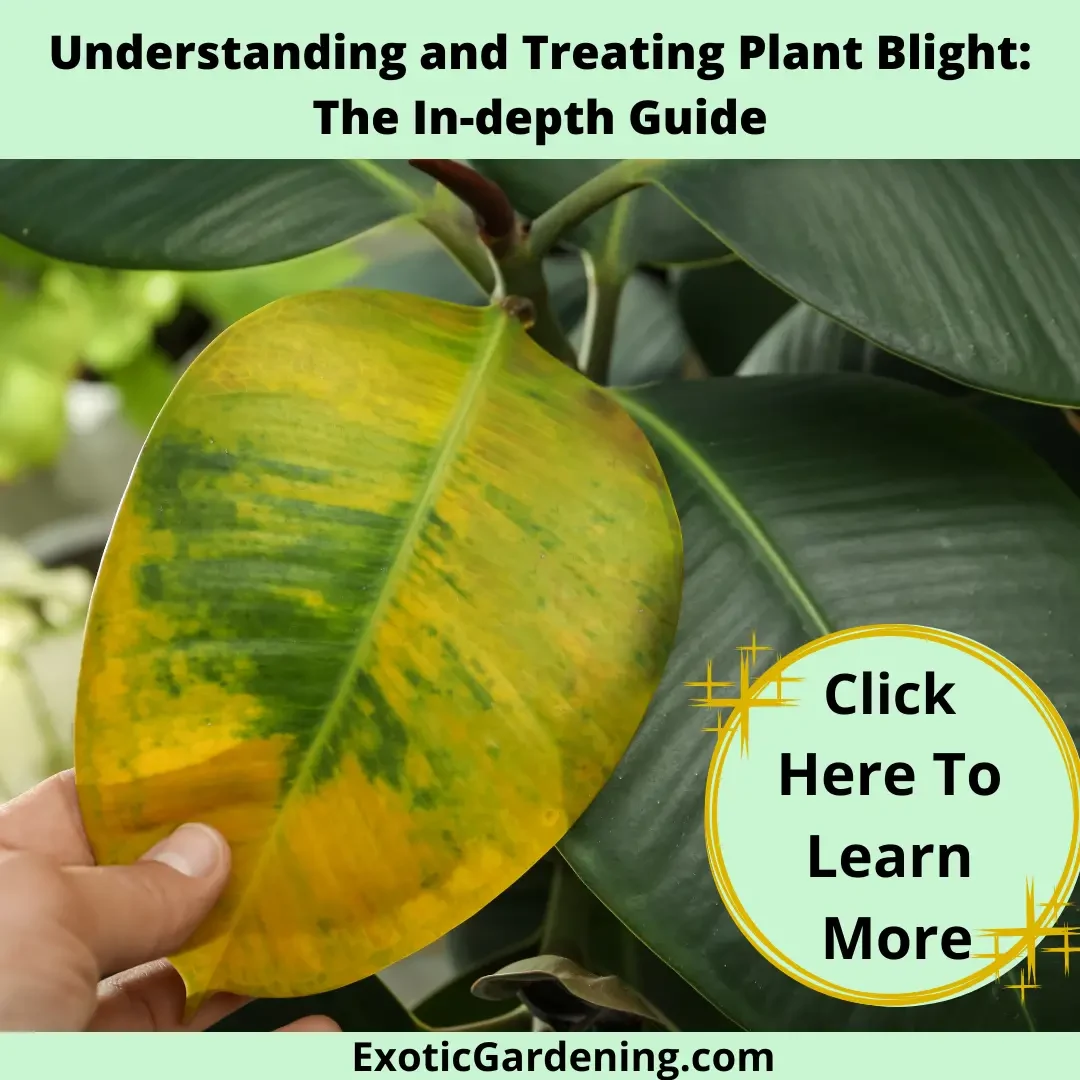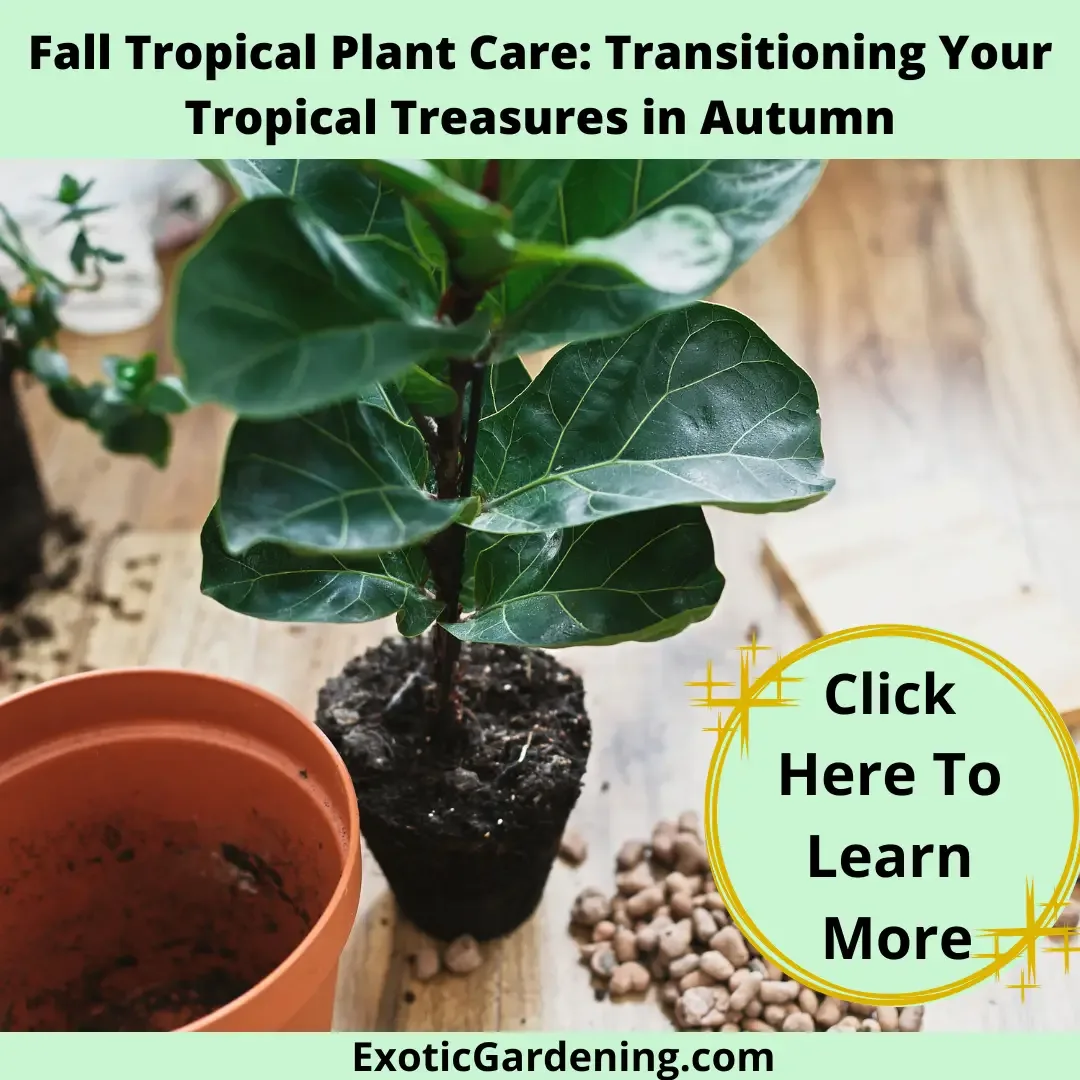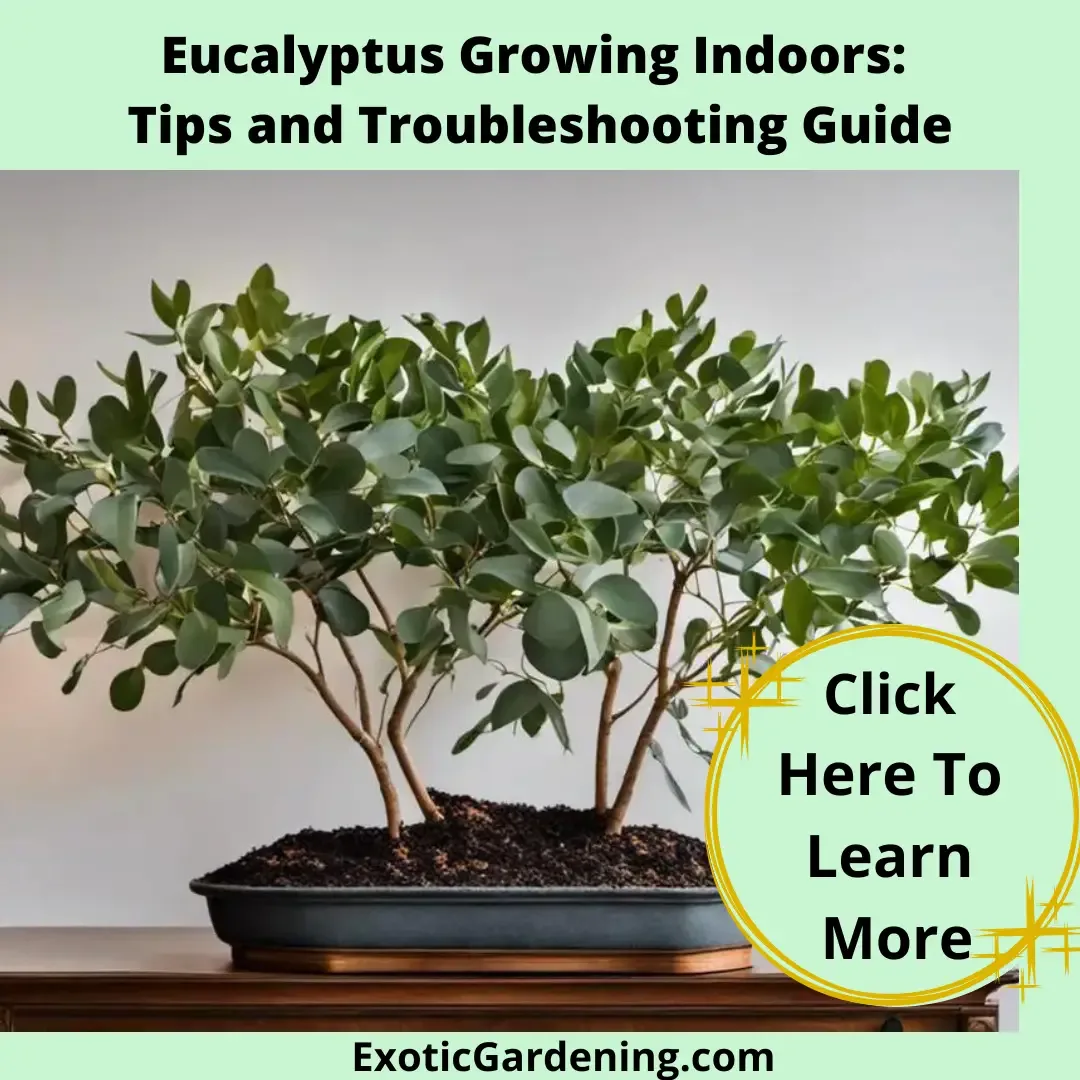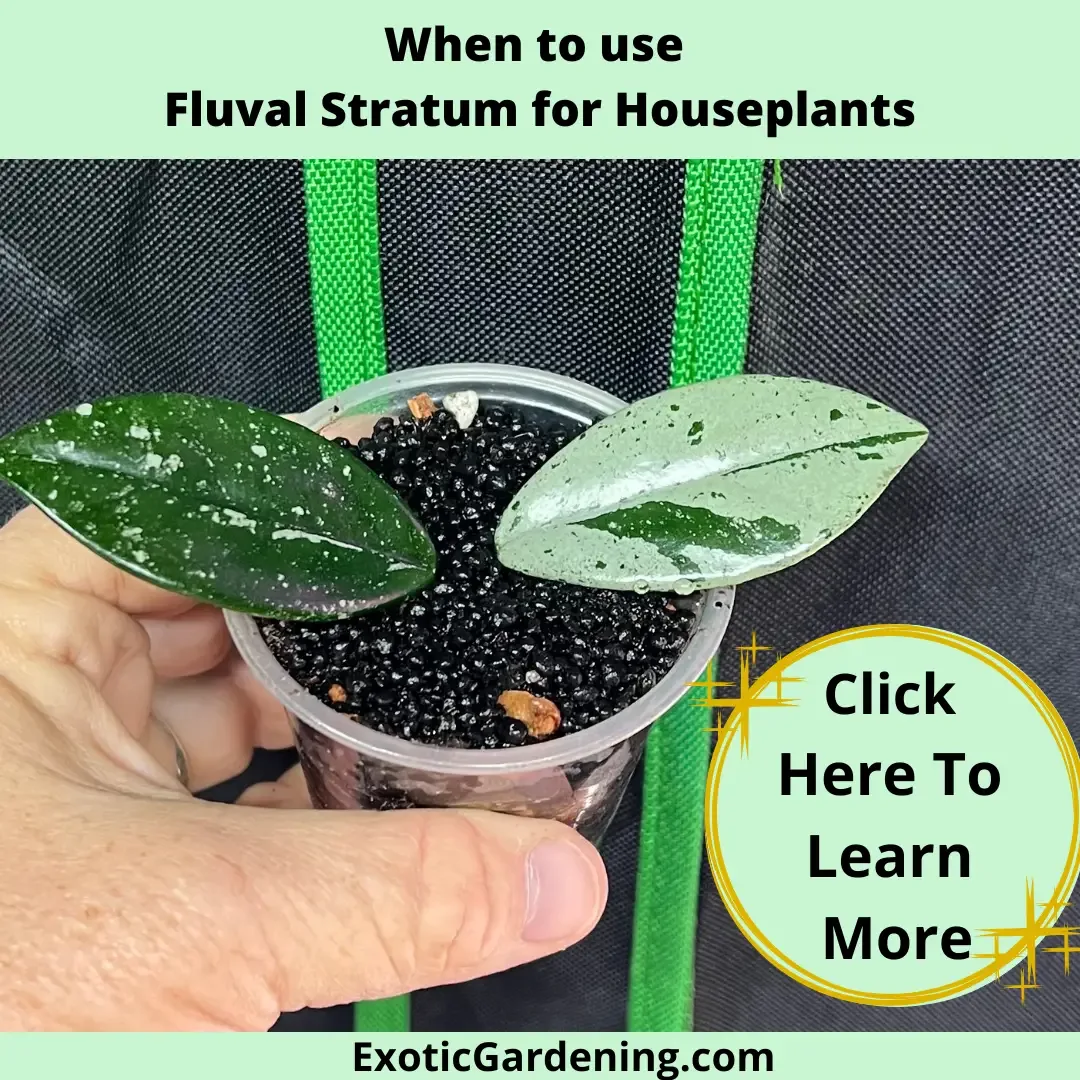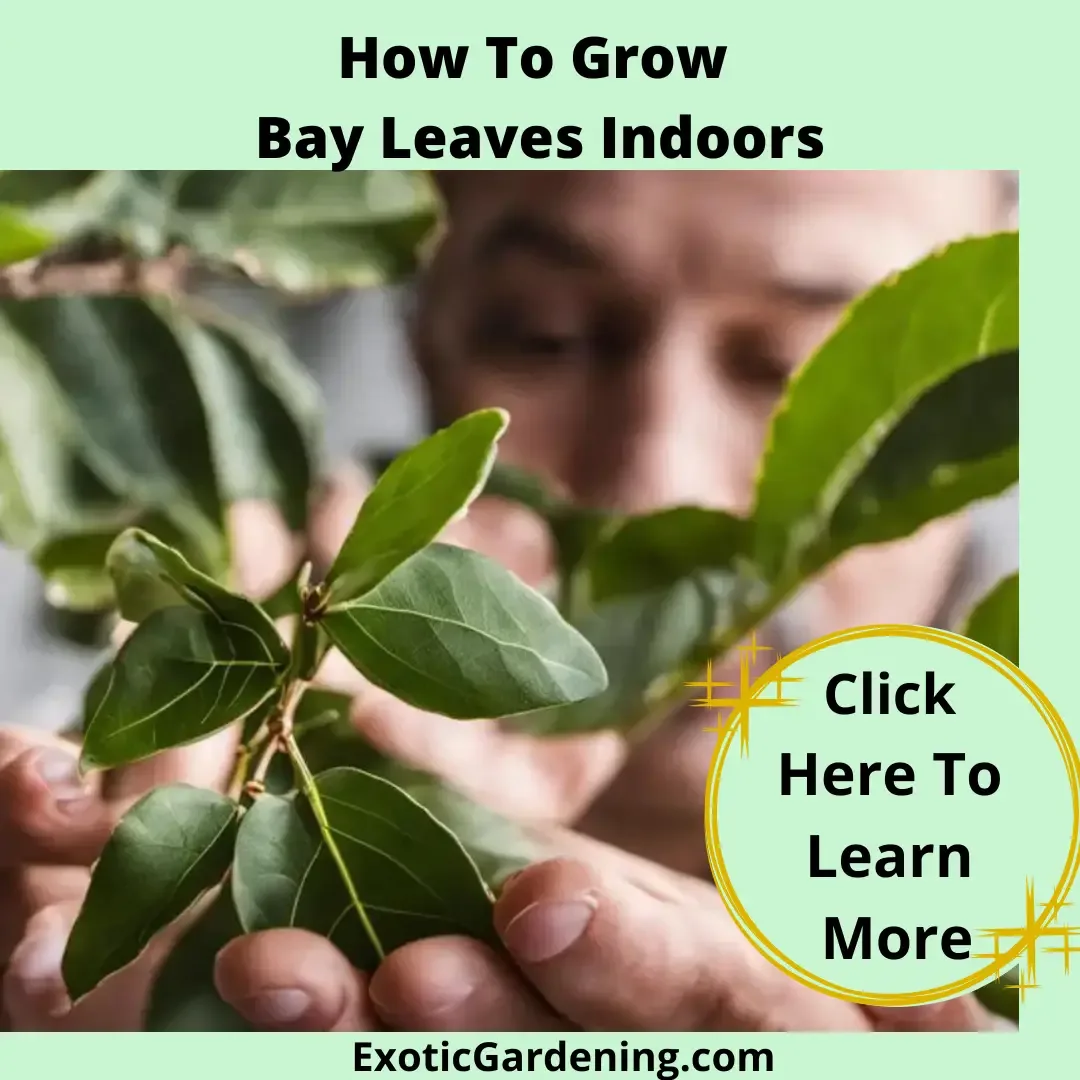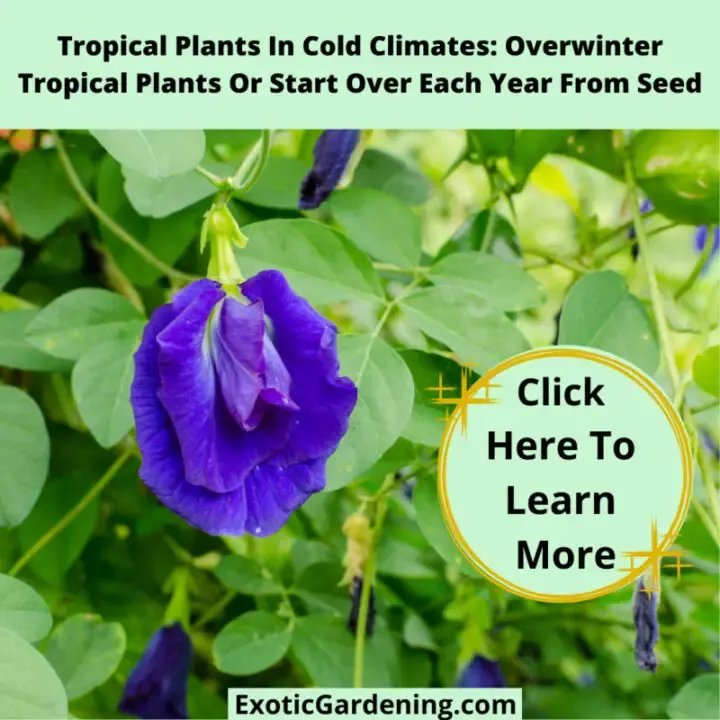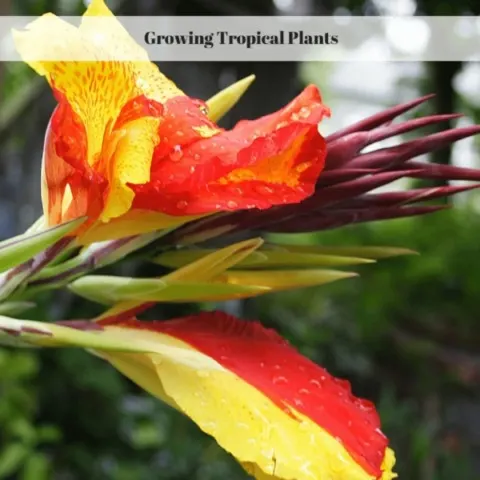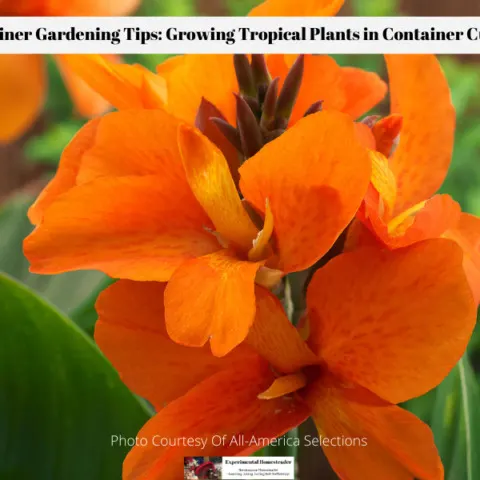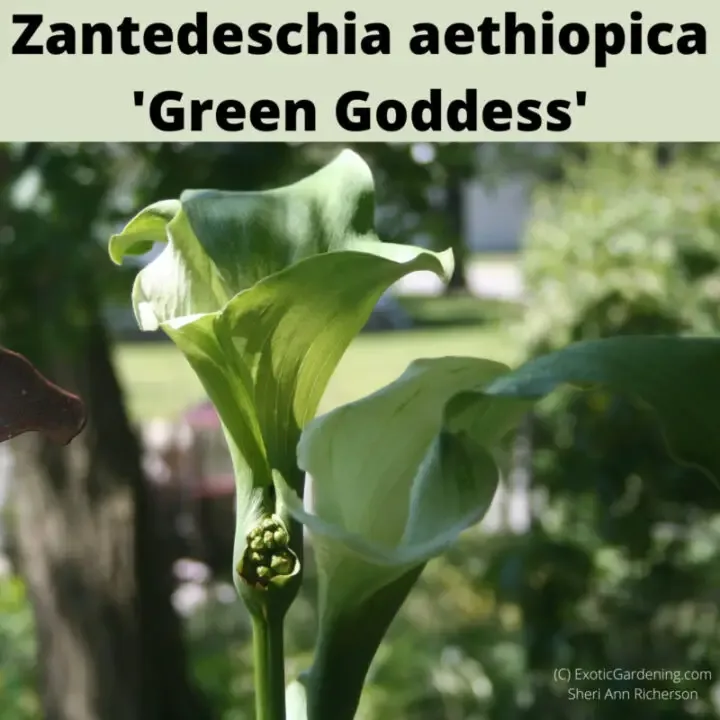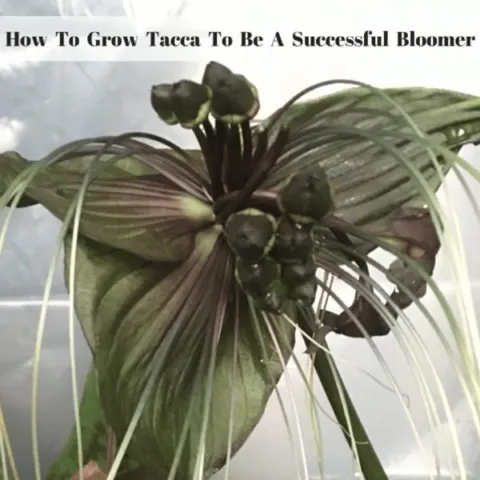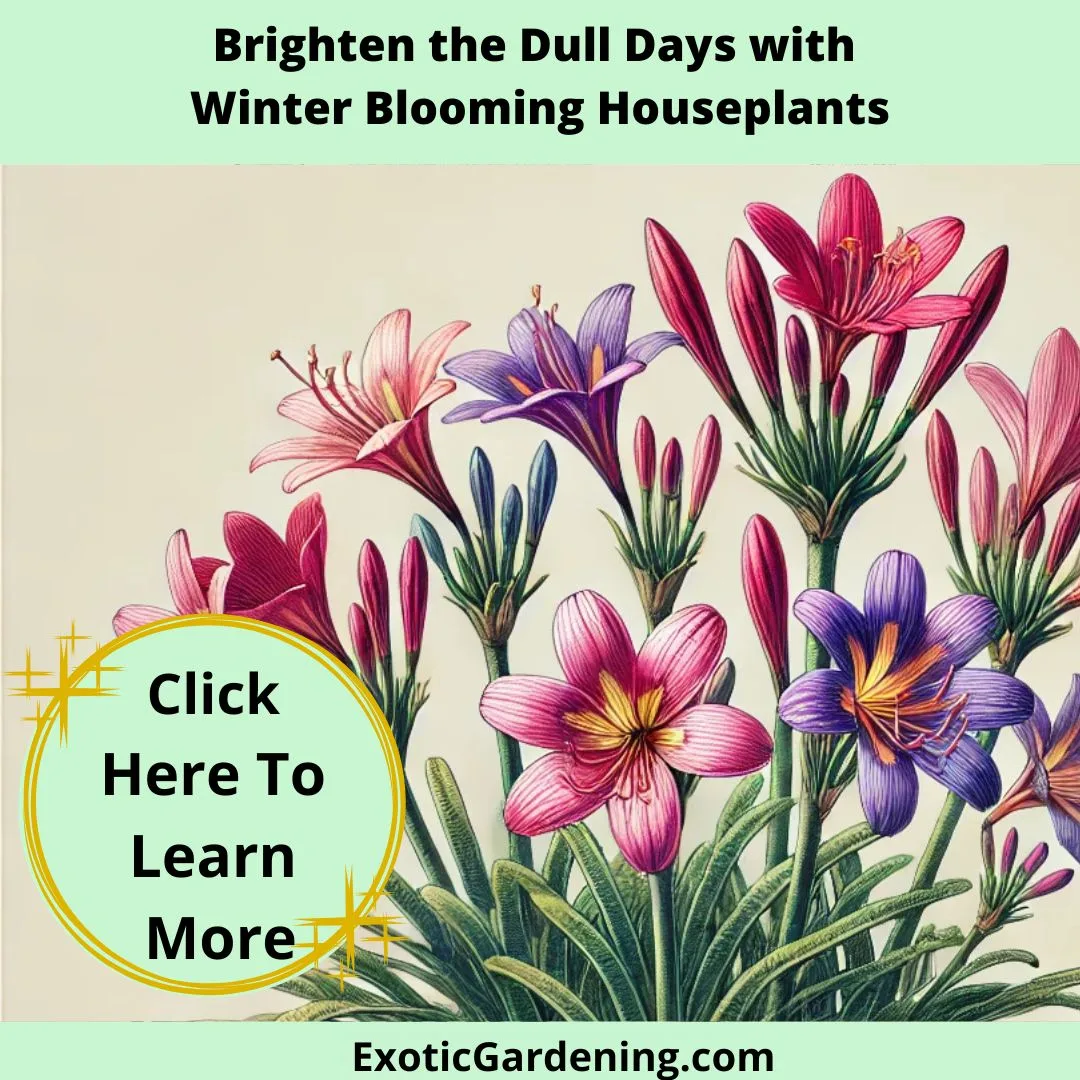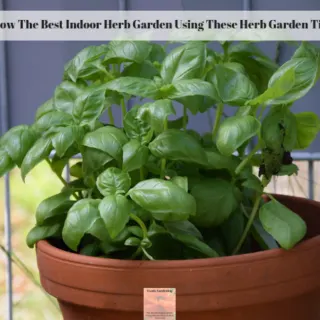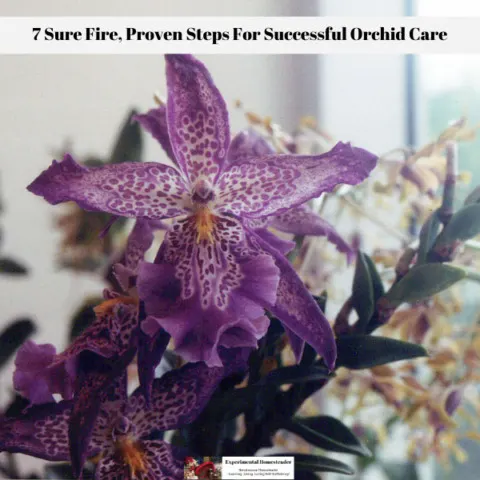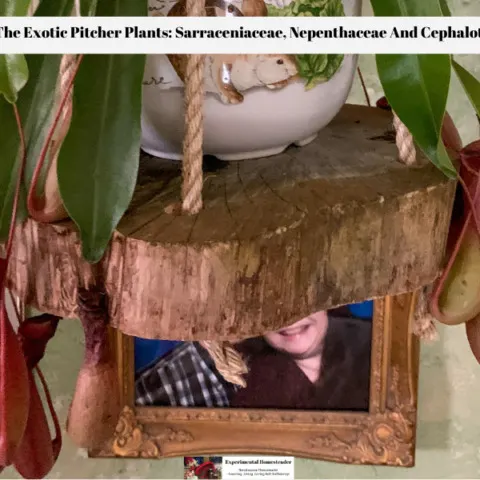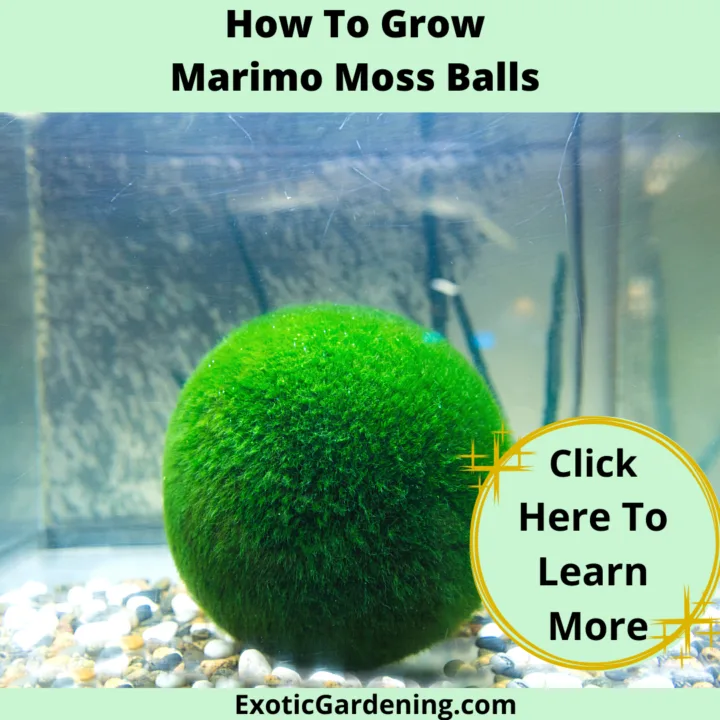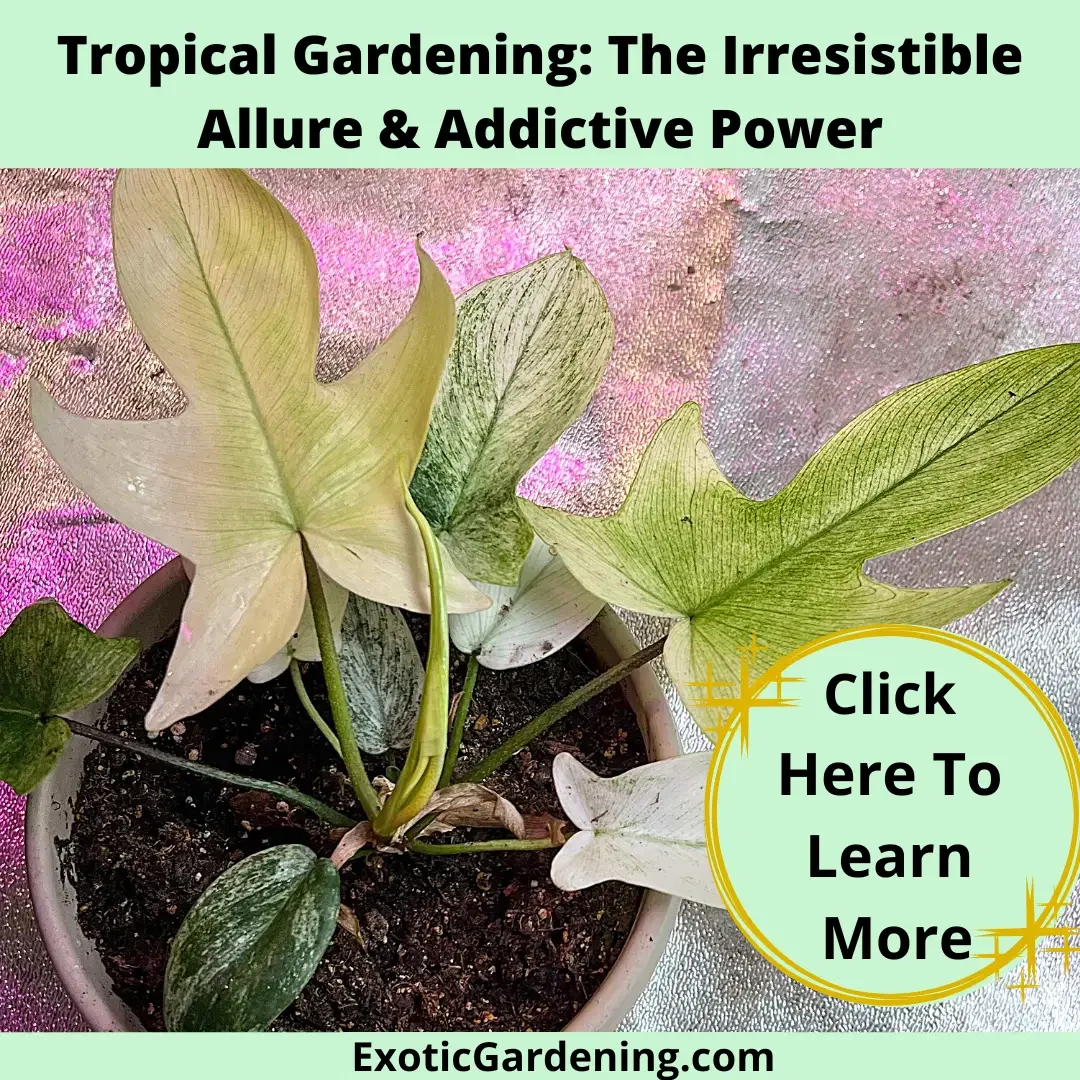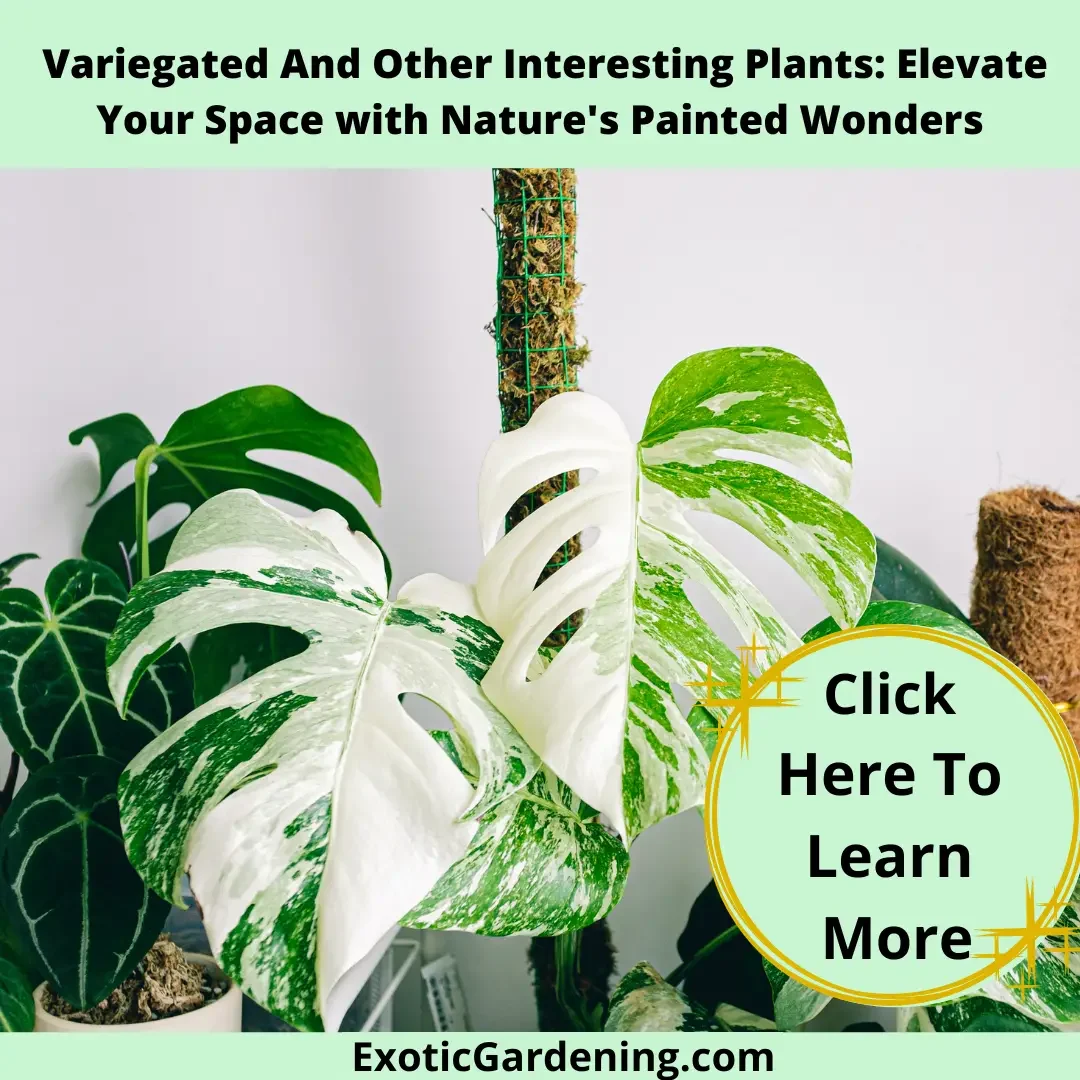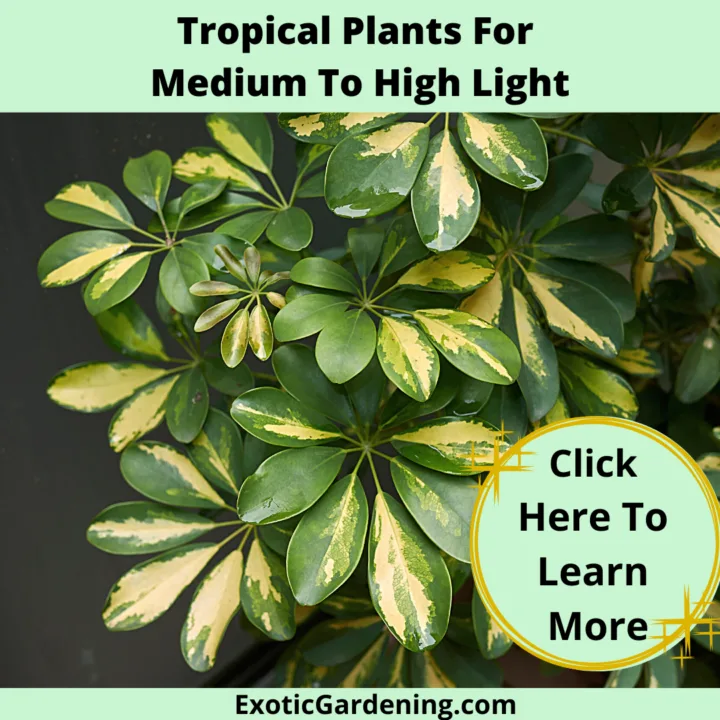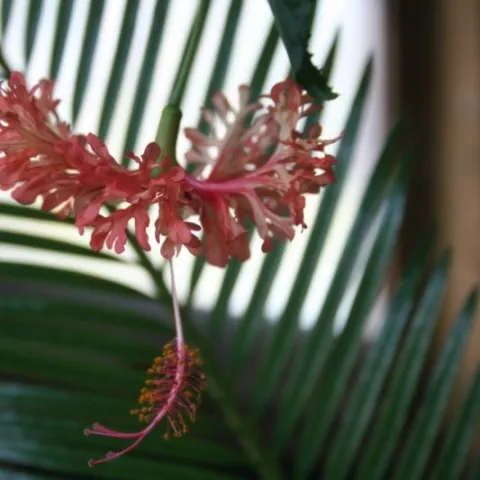Indoor spaces come alive with the addition of plants for small spaces.
These remarkable green companions have the power to transform even the coziest nooks into lush, vibrant areas bursting with life.
Their adaptability allows them to thrive in places with spatial constraints.
Whether they're trailing along a wall, basking on a sunny windowsill, nestled in a cozy corner, or suspended from the ceiling, these plants bring an irreplaceable touch of nature that's not only aesthetically pleasing but also emotionally rewarding.
As you embark on the exciting journey of incorporating plants into your indoor space, it's essential to understand which plants are well-suited for confinement, how to maximize your available planting space, the ins and outs of plant care, and the overall benefits of having green companions in a small space.
I hope you will join me as I delve deeper into this botanical adventure, where even the tiniest of spaces can bloom with life and greenery.
Choosing the Right Plants
When it comes to small spaces, fear not—your green paradise can still flourish!
The beauty of horticulture lies not merely in sprawling garden estates but also in petite patches or even indoor containers.
With careful selection and attentive care, compact areas can transform into lush, green areas.
Among the myriad of plants suitable for confined spaces, succulents are a must-have for their adaptability and visual diversity.
The Jade plant, for instance, boasts thick, lush green leaves, requiring little water and thriving in standard indoor temperatures.
It's perfect for corner desks or hallway bookshelves!
Or consider the ZZ Plant, a resilient indoor gem that can endure the lowest of light conditions, making it an excellent choice for rooms lacking sunlight.
For those desiring aesthetic appeal with minimal fuss, the English Ivy is ideal.
This evergreen vine thrives in low light, and its trailing growth habit makes it an irresistible choice for hanging baskets or elevated shelves.
Truly, this plant’s versatility makes it the best friend of those in small apartments or offices. In conclusion, no space is too small to house the symphony of nature.
It's all about picking the right companions!
Here are a few options that are sure to turn compact areas into lush, green sanctuaries brimming with life.
ZZ Plant:
- Zamioculcas zamiifolia, commonly known as the ZZ plant, is a low-maintenance indoor gem.
- It can thrive in low light conditions, making it an excellent choice for rooms with minimal sunlight.
- ZZ plants are renowned for their air-purifying qualities, enhancing the air quality of your small space.
Jade Plant:
- Crassula ovata, also known as the Jade plant, is a delightful succulent.
- It boasts thick, lush green leaves and requires minimal water.
- Thriving in standard indoor temperatures, it's perfect for small spaces like corner desks and hallway bookshelves.
Additional Small Space Houseplants:
- English Ivy: This evergreen vine thrives in low light conditions and is ideal for hanging baskets or elevated shelves.
- Spider Plant: Known for its air-purifying abilities, it's a great choice for small spaces and hanging planters.
- Pothos: With its cascading vines, it's an easy-care plant that adapts well to confined spaces.
- Snake Plant (Sansevieria): Another excellent air purifier, it thrives in low light and tight corners.
- Aloe Vera: This succulent is not only easy to care for but also has medicinal properties.
Creating a Miniature Indoor Garden
As we continue on our journey of exploring the magic of compact gardening, it's time to delve into some handy techniques that can help maximize your petite patches of green.
Vertical Gardening
High up on the list is vertical gardening!
Simply put, vertical gardening is about getting your plants to grow up and not out!
This can be achieved through trellises, wall-mounted planters, or even repurposing an old ladder.
The sky's truly the limit, and vertical gardening not only helps with space concerns but also boosts the wow factor right on your wall!
It's a fantastic way to add a touch of green to your indoor or outdoor spaces.
Succession Planting
Another fantastic approach is succession planting.
This strategy involves growing several crops one after the other in the same space during a single growing season.
It's like gardening in the fast lane!
Dependent on plant size and growth speed, the entire process could range from 30 to 120 days from planting to harvest.
Think radishes, followed by bush beans, then perhaps a late-season kale!
Apart from its efficient use of space, succession planting maintains soil fertility, as different plants draw and give varying nutrients.
It's an eco-friendly and productive way to make the most of your garden.
Hydroponic Farming
Contemporary gardeners may be thrilled about the concept of hydroponic farming.
Eliminating the need for soil, hydroponics allow for more plants in a smaller area, and it's fascinating to watch your plants grow in water with nutrient solutions.
Hydroponic gardens can sprout everywhere – from stylish kitchen countertops to compact garden corners.
It’s a unique, efficient, and gratifying way to nurture plants in confined areas.
It's a modern and space-saving way to cultivate your favorite greens.
In short, even with limited space, one can still practice diverse and exciting gardening.
Whether it’s the aesthetic charm of a vertical green wall, the cycle of life evident in succession planting, or the mesmerizing charm of a hydroponic setup, the options are endless - all reflecting the joy of unfettered gardening creativity!
Care and Maintenance
When you're dealing with a small space, like a tiny home or a small garden, there are clever ways to create beautiful mini-gardens.
One smart trick is using self-watering pots.
These special pots slowly give water to your plants, and they're easy to take care of.
They also help save water, which is good for the environment.
It's important to choose pots with holes in the bottom.
These holes let extra water drain out, so your plants don't get too wet, which can harm their roots.
Another important thing to consider is the amount of light your plants need.
Think about where your windows face.
North-facing windows give soft, indirect light that's perfect for plants like peace lilies and spider plants.
South-facing windows get a lot of direct sunlight and are great for cacti and succulents.
By using the natural light in your home wisely, you can have pretty windowsills and well-lit plant shelves.
Remember, the fun of gardening is discovering new possibilities and overcoming challenges.
Learning about your plants, keeping them healthy, and adjusting to their needs is a big part of taking care of them.
You can also get creative by using old jars as plant pots or making your own plant stands.
With these ideas, you can turn your small space into a green paradise, one corner at a time!
Benefits of Keeping Plants in Small Spaces
Plants are like nature's decorators for small areas.
They not only bring in a burst of colors and energy but also make the air cleaner and cooler.
This means a fresher and healthier living space for you.
Plants are like natural air cleaners because they take in bad stuff in the air and give out good stuff, like oxygen.
This is super helpful in small places where the air might not be so fresh because there's not a lot of fresh air coming in.
The right-sized plants, like Snake Plants or Spider Plants, can make small spaces feel more relaxed and healthier.
Plants do more than just clean the air; they can also make you feel better.
Most of us spend a lot of time inside, especially in cities.
Having plants around can help us feel calm and less stressed.
Some plants, like English Lavender or Jasmine, even smell nice and make us feel even better.
Taking care of a plant, watching it grow, and thrive can give you a sense of accomplishment and purpose.
It's like having a little piece of nature right in your home.
Plants also make your place look good.
They can hide boring spots, draw your attention to the best parts, and even make a small space seem bigger.
By placing bigger leafy plants like Fiddle Leaf Fig or Monstera strategically, you can make your tiny area feel more spacious.
In simple words, having some green friends can change your small space from just a place to live into a vibrant, stylish, and healthy home where you feel a bit of nature's magic every day.
Embrace Plants for Small Spaces
Whether you live in a city apartment or simply appreciate the life that plants bring to your home, learning how to care for and choose the perfect plants in a limited space is a fulfilling adventure.
The art of creating beautiful little gardens in small areas, taking care of them, and enjoying both real and intangible rewards is a delightful pursuit.
Your indoor spaces transform into sanctuaries, not just living or working areas.
Nature's wonders come alive in tiny spaces as you become a nurturing guardian of a small piece of the Earth's green.
With the right plants, care, and love, any small space can become a lush, peaceful, and vibrant green haven.
Frequently Asked Questions (FAQ) About Plants for Small Spaces and Small Space Gardening
Q. What are the best plants for small spaces indoors?
A. Ideal indoor plants for small spaces include Snake Plants, Spider Plants, Peace Lilies, and ZZ Plants. These low-maintenance options thrive in limited spaces.
Q. How can I make the most of my small outdoor garden space?
A. Consider vertical gardening with wall-mounted planters or trellises. You can also use raised beds, hanging baskets, and compact fruit trees to maximize your outdoor garden area.
Q. Are there plants that can purify the air in small indoor spaces?
A. Yes, several plants, such as Snake Plants and Spider Plants, are known for their air-purifying qualities. They help improve the air quality in confined indoor areas.
Q. What is the key to successful small space gardening indoors?
A. The key is selecting the right plants for your available light conditions and space. Additionally, using self-watering pots and proper plant care can make a significant difference.
Q. Can I grow vegetables in a small space garden?
A. Absolutely! You can grow compact vegetables like cherry tomatoes, herbs, and dwarf varieties of beans and peppers in small gardens or containers.
Q. What's the benefit of succession planting in small space gardens?
A. Succession planting allows you to maximize your space by planting different crops one after the other in the same season. This keeps the garden productive and maintains soil fertility.
Q. How do I ensure that my small space garden gets enough light?
A. Understanding your space's lighting conditions and choosing plants that match those conditions is key. Place sun-loving plants near south-facing windows and shade-tolerant ones near north-facing windows.
Q. Can I use hydroponics in small indoor spaces for gardening?
A. Yes, hydroponics is a space-saving and fascinating way to grow plants without soil. It's suitable for compact indoor spaces and offers unique growth opportunities.
Q. What are some low-light plants for small indoor spaces?
A. Peace Lilies, Philodendrons, and Snake Plants are great choices for low-light environments. They thrive in small spaces with minimal sunlight.
Q. How can I make a small space garden look more spacious?
A. Use strategic plant placement, such as large leafy greens like Fiddle Leaf Figs and Monstera, to create an illusion of depth and make your small garden area appear larger.
Q. Are there benefits to having plants in small spaces beyond aesthetics?
A. Absolutely! Plants in small spaces can improve air quality, reduce stress, and provide a sense of well-being. They also offer the joy of nurturing and caring for living things.
Q. Can I grow small space gardens on balconies or patios?
A. Yes, balcony and patio gardens are perfect for small space gardening. You can use pots, hanging planters, and railing containers to create beautiful green spaces.
Q. What are some creative ways to display plants in small spaces?
A. Get creative with repurposing old jars as planters, DIY plant stands, or wall-mounted plant shelves. These add a unique touch to your small space garden.
Q. How do I choose the right plants for my small indoor space?
A. Consider factors like available light, space, and your personal preferences. Opt for plants that match these conditions to ensure their success in your small space.
Q. Can I have both indoor and outdoor small space gardens?
A. Certainly! You can create a seamless connection by selecting plants that work well both indoors and outdoors, such as herbs and some succulents.
Discover the Joy of Houseplants: Your Ultimate Resource Guide
Welcome to the ultimate guide for all things houseplants! Whether you’re a seasoned green thumb or just starting your indoor gardening journey, this curated list of articles has something for everyone. From detailed care instructions to creative decorating ideas, troubleshooting common issues, and learning about unique plant varieties, you’ll find everything you need to keep your indoor jungle thriving.
Explore topics like:
Essential care tips for popular houseplants.
Solutions to common problems like pests, watering mistakes, and lighting challenges.
Creative ways to display and style your plants.
Propagation guides to grow your collection.
Get inspired, troubleshoot challenges, and cultivate the lush, vibrant indoor space you’ve always dreamed of. Dive in and let your houseplants flourish with these helpful resources!
Mastering South-Facing Window Plants: Expert Tips for Your Lush Oasis
Discover the secrets of success with South-Facing Window Plants in our comprehensive guide. Transform your space into a green haven.
The Complete Guide to Philodendron Pink Princess Care
Introducing the Philodendron Pink Princess
Allow me to introduce you to the crown jewel of my botanical collection – the enchanting Philodendron Pink Princess.
This recent addition is nothing short of a horticultural masterpiece, captivating the senses with its breathtaking display of colors.
Imagine deep, luxurious burgundy leaves, each adorned with bold splashes of vivacious pink.
The contrast is nothing short of a visual symphony, a natural work of art that commands attention.
As I gazed upon it for the first time, I couldn't help but marvel at the sheer beauty and grace that this plant exudes.
If you've never had the pleasure of setting your eyes on a Philodendron Pink Princess, consider yourself in for a treat beyond compare.
It's more than a plant; it's a showstopper, a conversation piece, and a living testament to the wonders of the natural world.
This captivating botanical gem promises to be a source of endless fascination and admiration in any space it graces.
Spider Plants: The Perfect Gateway Plant for Gardening Enthusiasts
Spider plants, the perfect gateway plant, add charm, purify air, and are ideal for beginners and seasoned gardeners alike.
Spider Plant Light Requirements: A Key to Growth
Explore Spider Plant light requirements for thriving indoor growth. Learn key tips for optimal lighting conditions and vibrant greenery.
How to Grow Spider Plants
Discover how to grow spider plants with expert tips on light, watering, soil, and more for thriving plants!
5 Creative Spider Plant Display Ideas for Your Home
Discover creative spider plant display ideas to elevate your home decor with unique, stunning, and easy-to-implement solutions.
5 Fun DIY Projects with Spider Plants
Explore creative DIY projects with Spider Plants, including terrariums, macramé hangers, and upcycled planters for vibrant decor.
10 Fascinating Facts About Spider Plants You Didn’t Know
Discover fascinating facts about spider plants, including their care, propagation, and unique qualities that make them standout houseplants.
Top 10 Common Spider Plant Problems and How to Fix Them
Discover solutions to common spider plant problems like brown tips, yellow leaves, and droopy growth to keep them thriving.
How to Propagate Spider Plants: A Step-by-Step Guide
Learn how to propagate spider plants with easy, step-by-step instructions to grow vibrant, healthy indoor plants effortlessly.
Rustic Interior Decorating Idea With Tropical Plants
Metal cages or even old bird cages filled with plants are a great way to add a rustic touch to your interior decor.
Plumeria: The Lei Flower Is A Fragrant, Easy To Grow Houseplant
Learn how to care for your Plumeria in ground and in containers. Because of the winter dormancy period it is ideal for summer containers.
Indoor Flowering Tropical Plants
There are a number of indoor flowering tropical plants that are easy to care for and bloom all winter long under the right conditions.
How To Grow Boswellia sacra
Boswellia sacra is the plant frankincense tears comes from. Learn how to grow the Boswellia sacra plant and what the various uses for it are.
6 Easy Tips On How To Care For Plants
Proper plant maintenance is essential if you want to learn how to grow healthy plants. Check out these six tips on how to care for plants.
Beneficial Indoor Gardening Plants You Need To Know
Learn about indoor gardening beneficial plants that are edible, help heal minor cuts or burns or those that help remove impurities from the indoor air.
How To Choose The Right House Plants For Indoor Gardening
Choosing the right plants for an indoor gardening environment is important for success. Many indoor gardening house plants are easy to care for.
How To Care For Holiday Plants
Have you ever wondered how to care for holiday plants such as the Poinsettia or the Christmas Cactus? If so, then check out this holiday plant care guide
Understanding and Treating Plant Blight: The In-depth Guide
Master treating plant blight with expert tips. Learn to protect your garden from this common threat. Essential insights inside.
Fall Tropical Plant Care: Transitioning Your Tropical Treasures in Autumn
Discover the secrets of successful Fall Tropical Plant Care. Learn how to transition your exotic plants for a thriving winter indoors.
Eucalyptus Growing Indoors: Tips and Troubleshooting Guide
Discover the art of eucalyptus growing indoors for year-round beauty and fragrant cut foliage in your flower arrangements.
When to use Fluval Stratum for Houseplants
Discover the perfect timing to use Fluval Stratum for houseplants and unlock vibrant growth in your indoor oasis. Learn more here.
How To Grow Bay Leaves Indoors
Discover the secrets of successful gardening with our guide on how to grow bay leaves indoors. Cultivate your own aromatic herb garden!
Easy Exotic Houseplants: Tropicals That Thrive Indoors in Containers
Tropical plants are the most beautiful, easy to grow indoor houseplants. Start growing exotic houseplants today that fruit and flower!
Brighten Up The Dull Days Of Winter With Blooms
Discover vibrant winter blooming houseplants that brighten your home with color and fragrance during the colder months.
Tips For Making A Moth Orchid Last From Costa Farms
Successful orchid care is pretty easy once you understand the seven basic steps the plant needs to thrive in your home environment.
Meet The Exotic Pitcher Plants - Sarraceniaceae, Nepenthaceae And Cephalotaceae
Learn about the exotic pitcher plants known as Sarraceniaceae, Nepenthaceae And Cephalotaceae including how to propagate them.
How To Grow Marimo Moss Balls
Learn how to grow Marimo Moss Balls and how to care for a moss ball to keep it happy. A Luffy ball is a very low maintenance plant.
Tropical Gardening: The Irresistible Allure & Addictive Power
Unveil the Addictive Allure of Tropical Gardening – From Starter Plants to Care Tips. Dive into #TropicalGardening!
Variegated And Other Interesting Plants: Elevate Your Space with Nature's Painted Wonders
Explore the world of variegated and unique plants, adding vibrant beauty and intrigue to your indoor oasis.
Tropical Plants For Medium To High Light
Check out these awesome tropcial plants for medium to high light that make wonderful, easy to care for houseplants.
How To Grow Tropical Plants
Growing tropical plants - also known as houseplants - indoors is fun and enjoyable plus many of them clean the indoor of pollutants.
It is easy to grow exotic looking plants that produce tropical fruit and colorful flowers in a pot in your living room or office.
Many of these plants are easy to start from seed and I share with you five plants that I recommend for indoor growing.
I also share with you why growing your own tropical fruit saves money.
In this video you will learn:
How to bring tropical plants indoors at the end of summer
How to grow tropical plants indoors
How to protect and overwinter tropical plants outdoors in cold climates
How to propagate tropical plants
How to water tropcial plants
How to grow topical plants in a greenhouse
